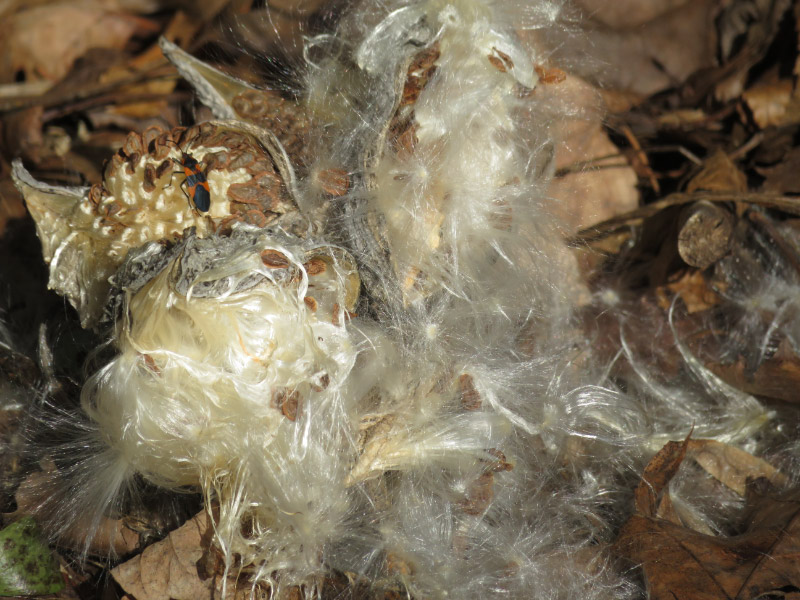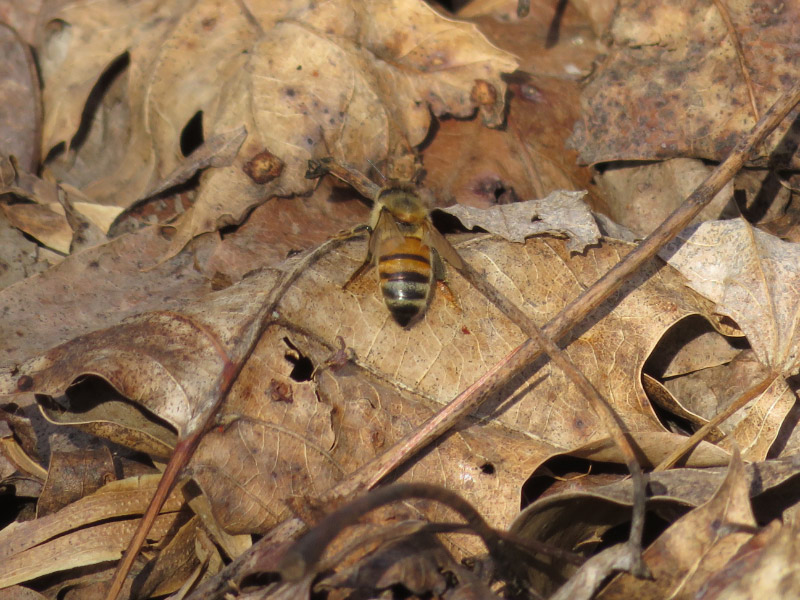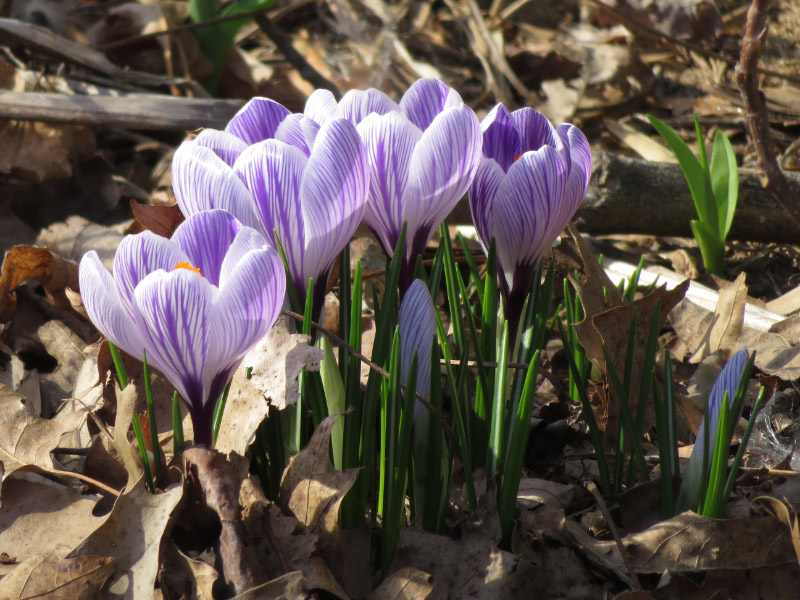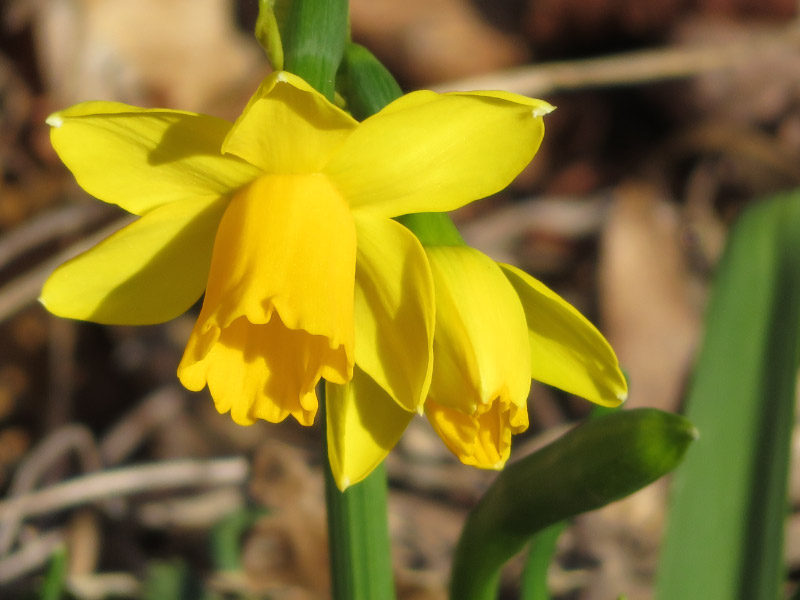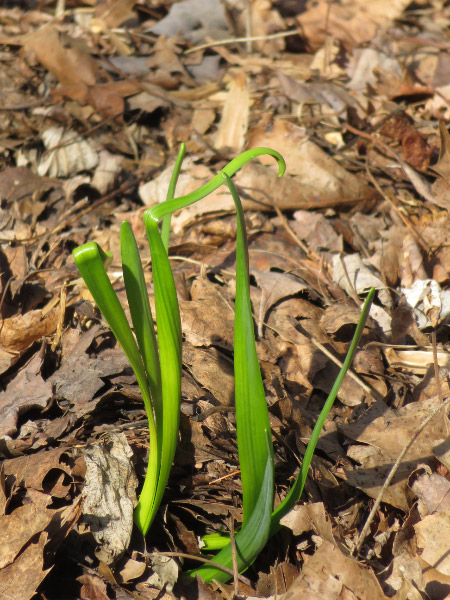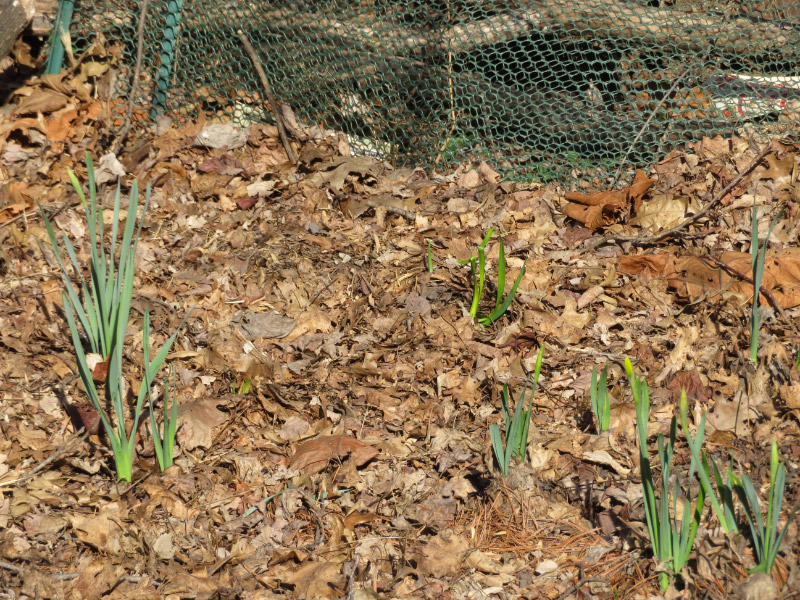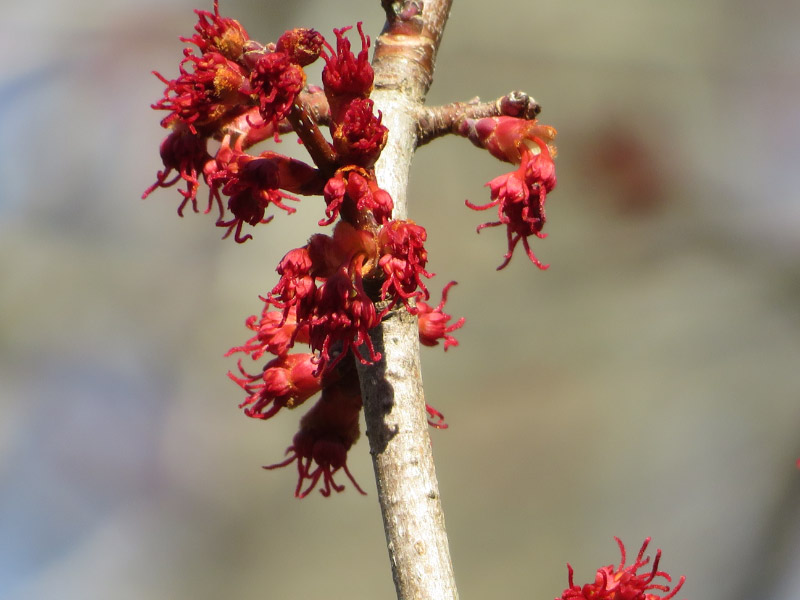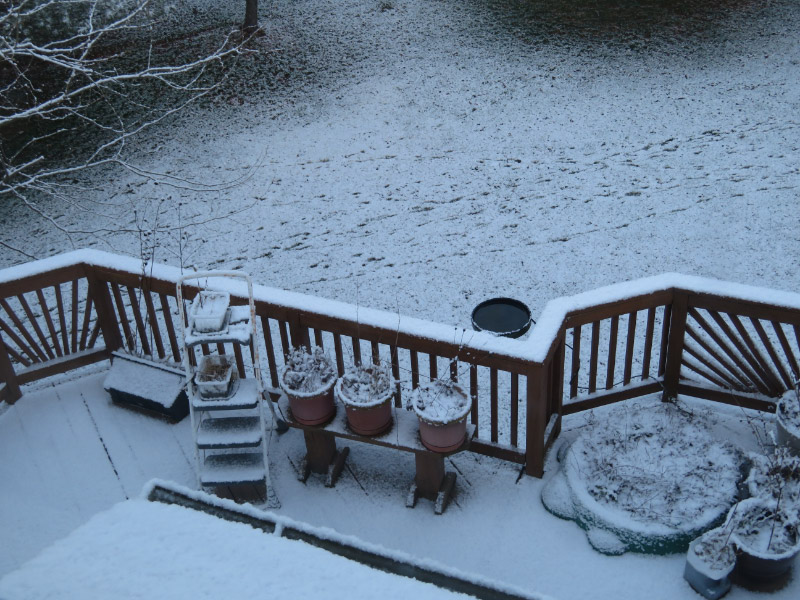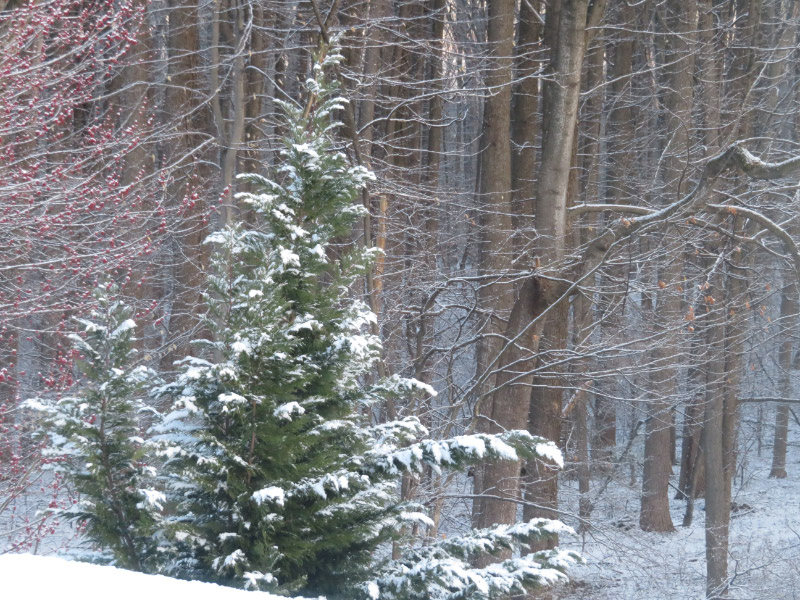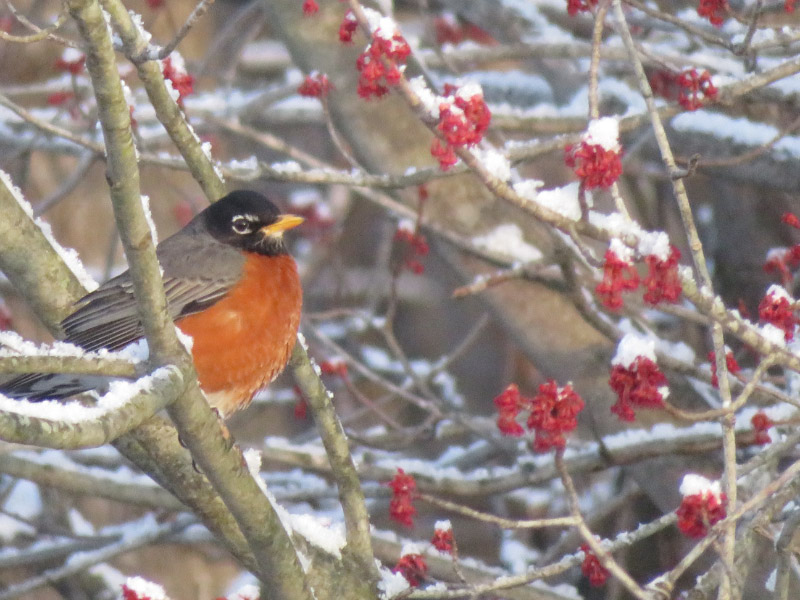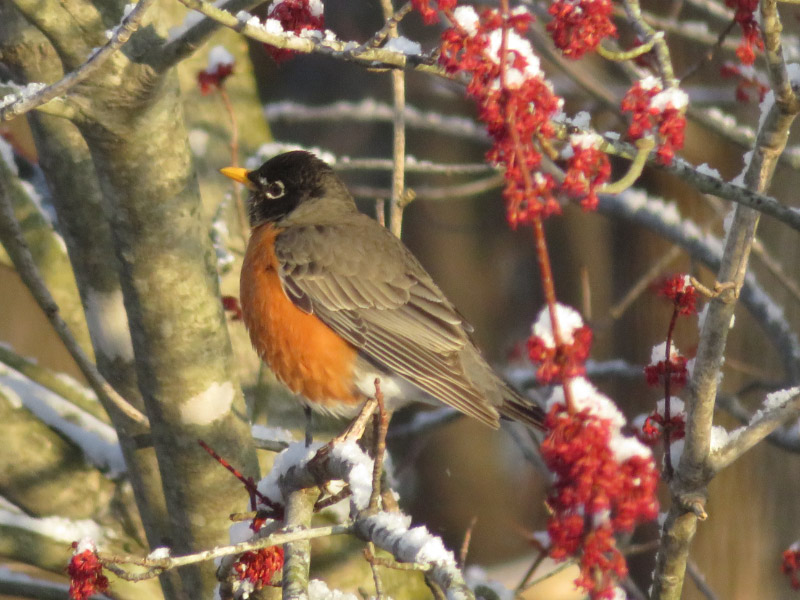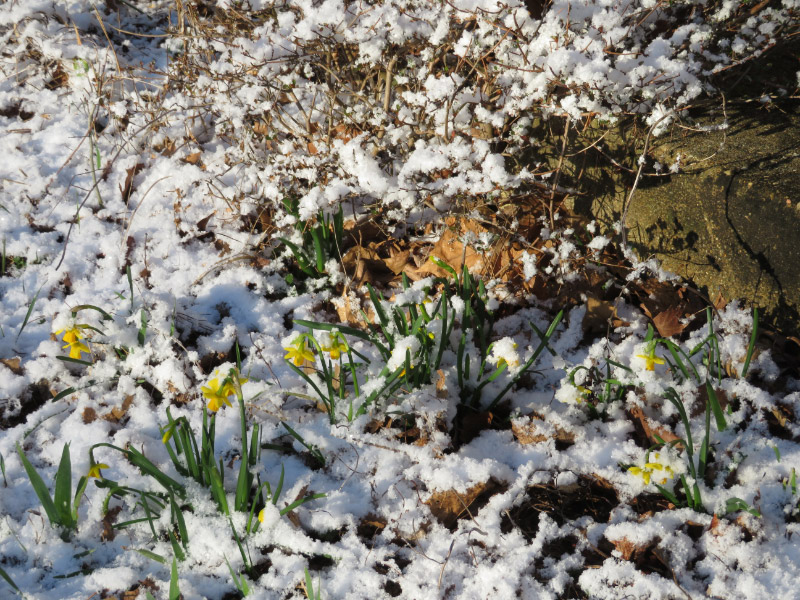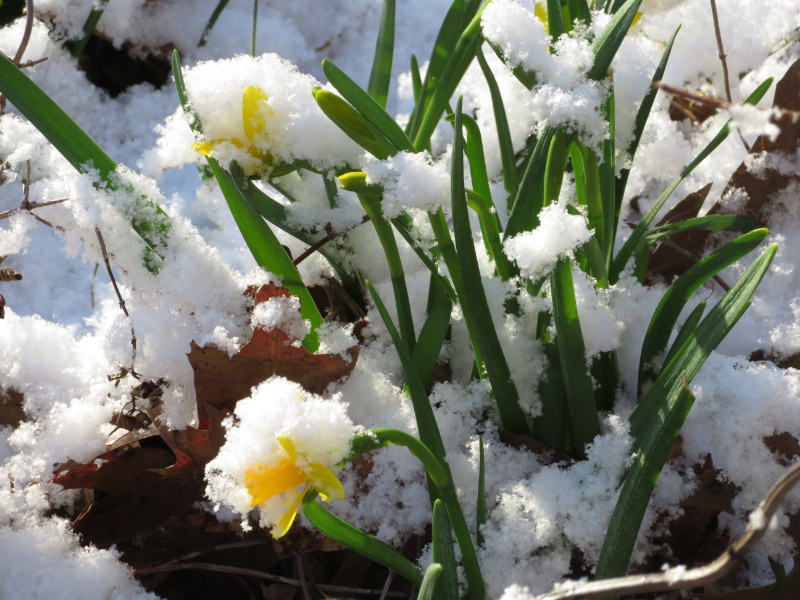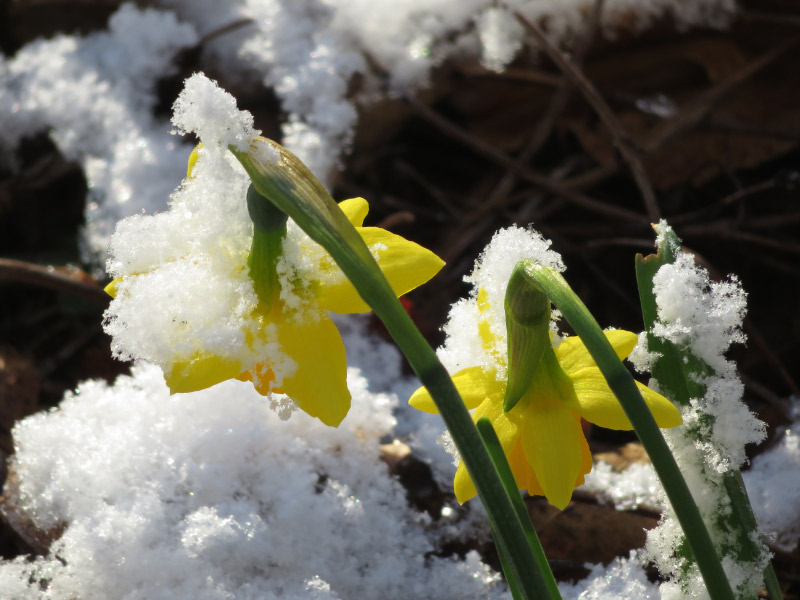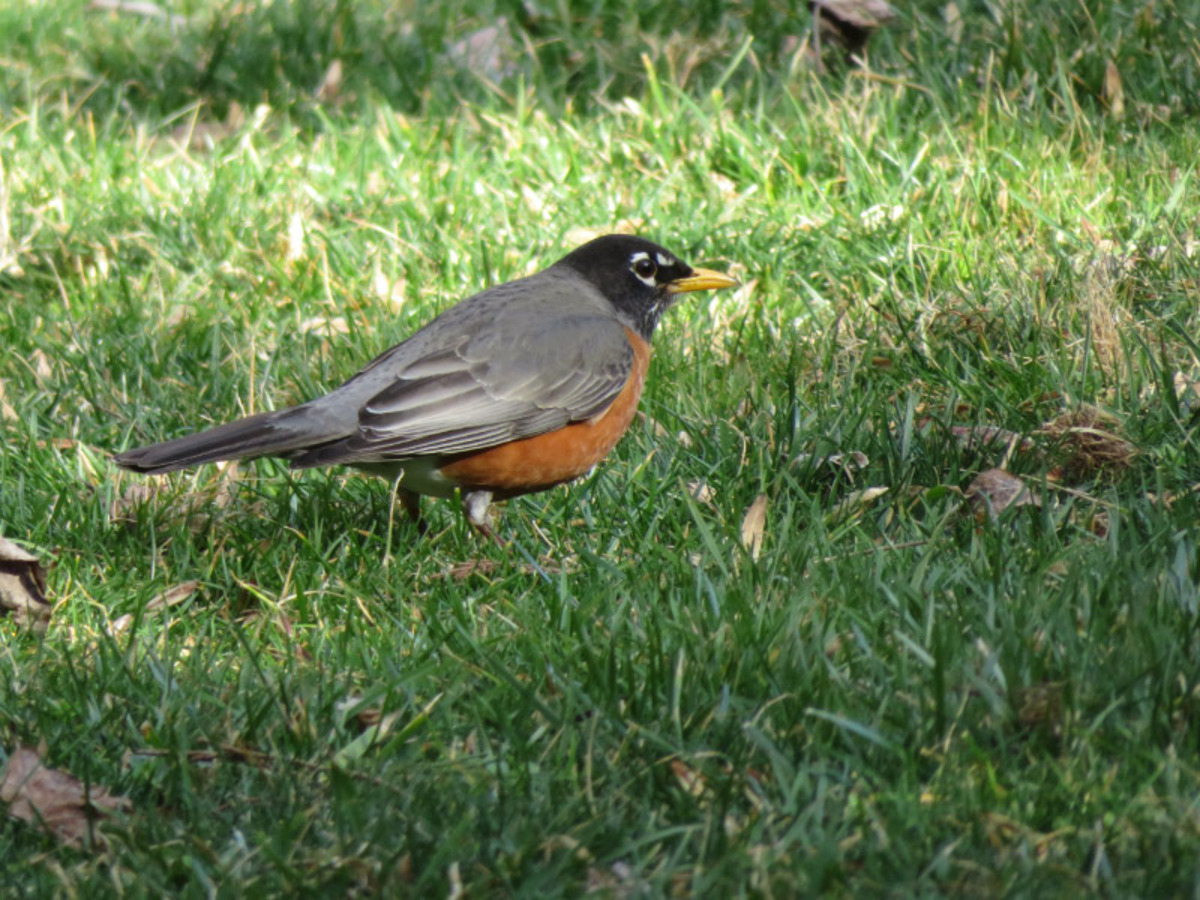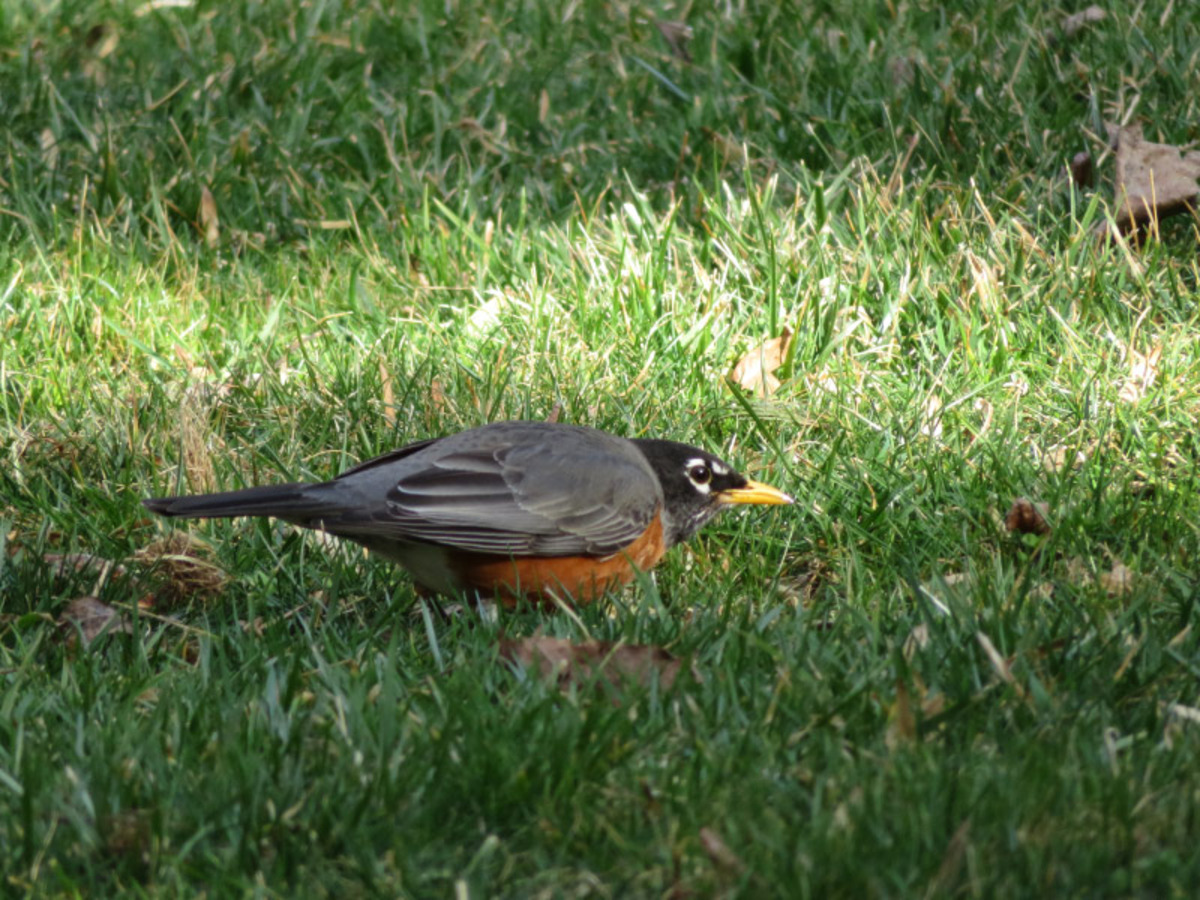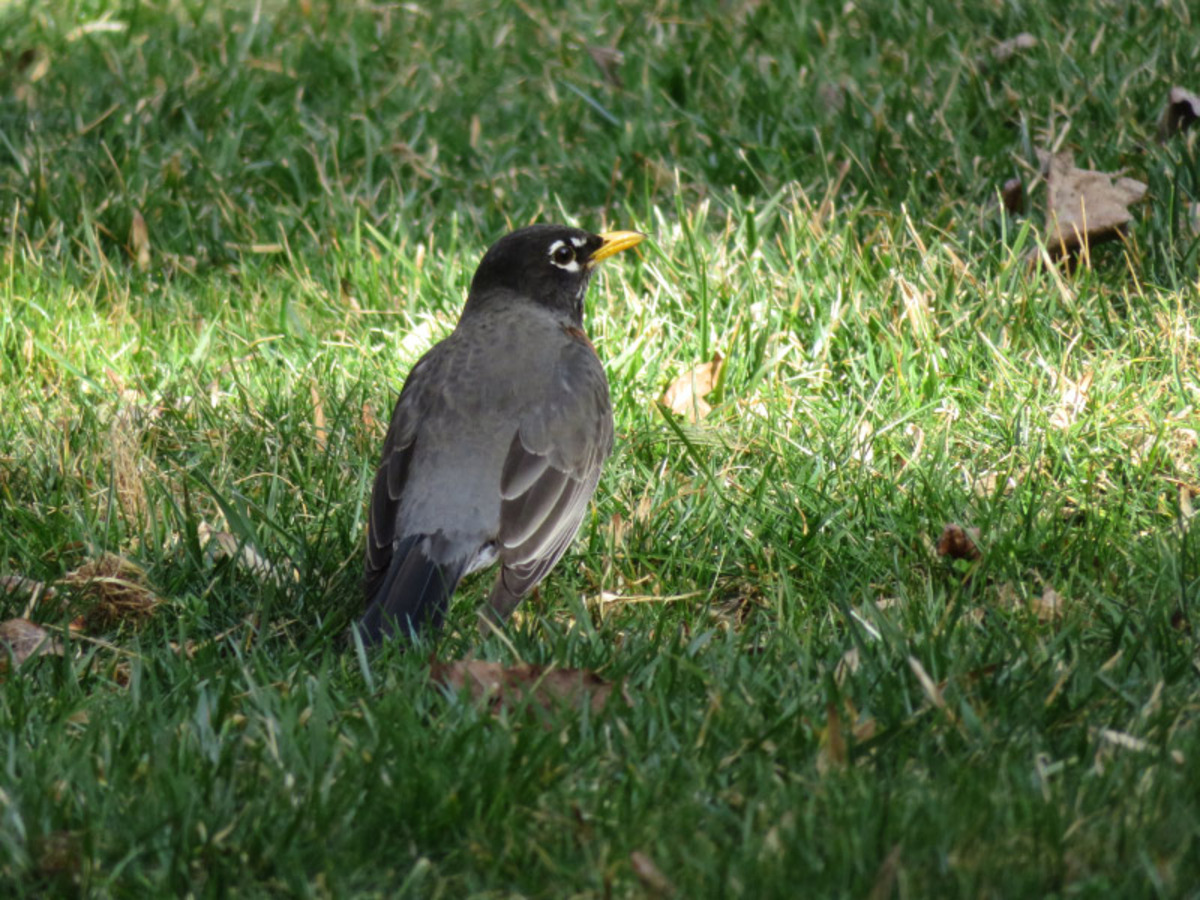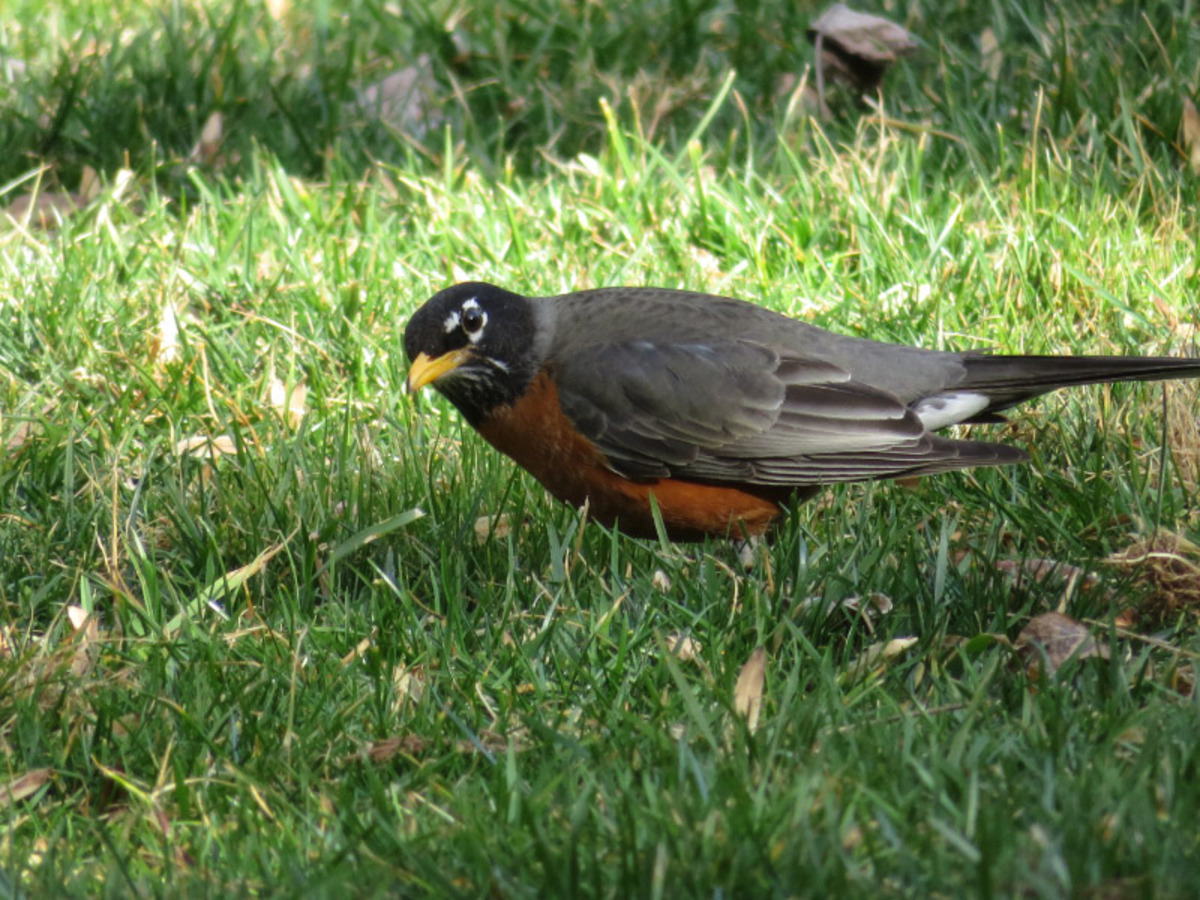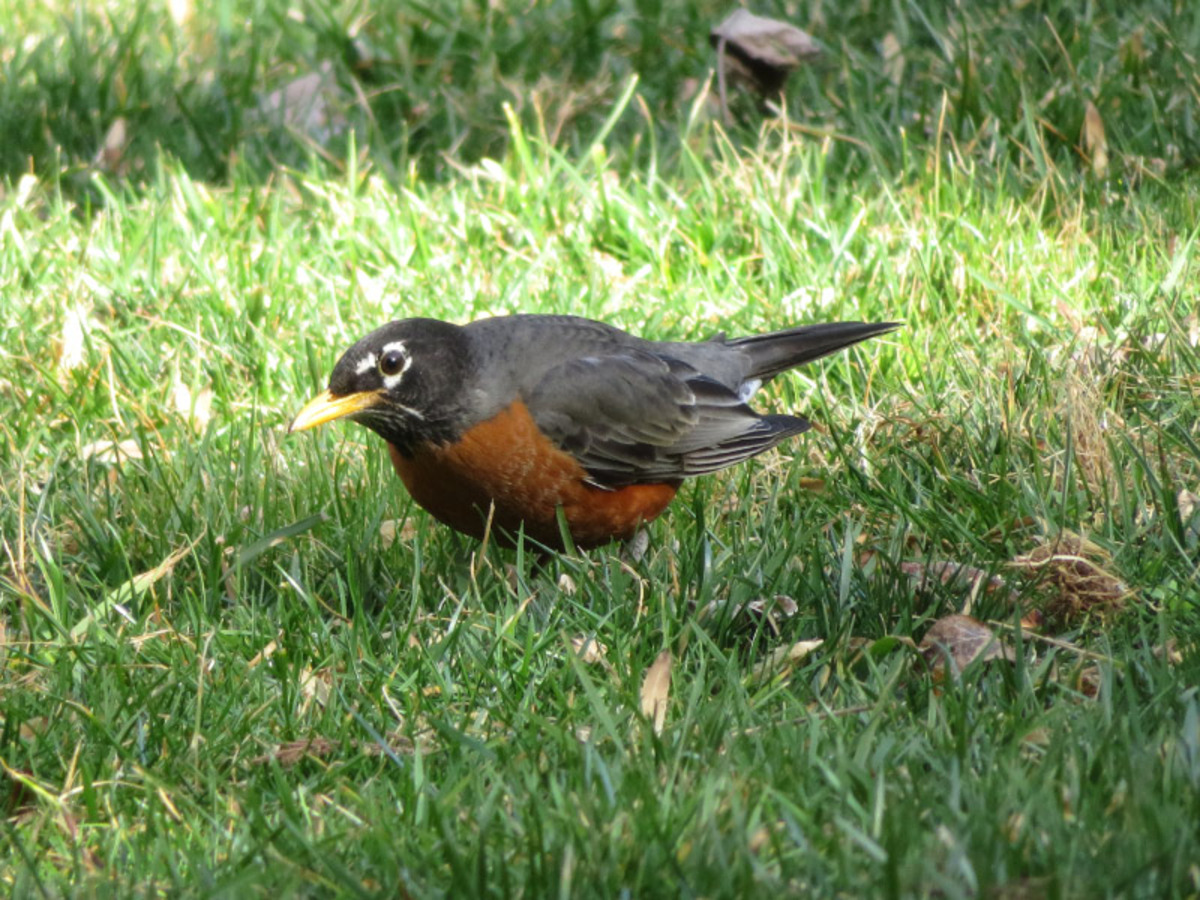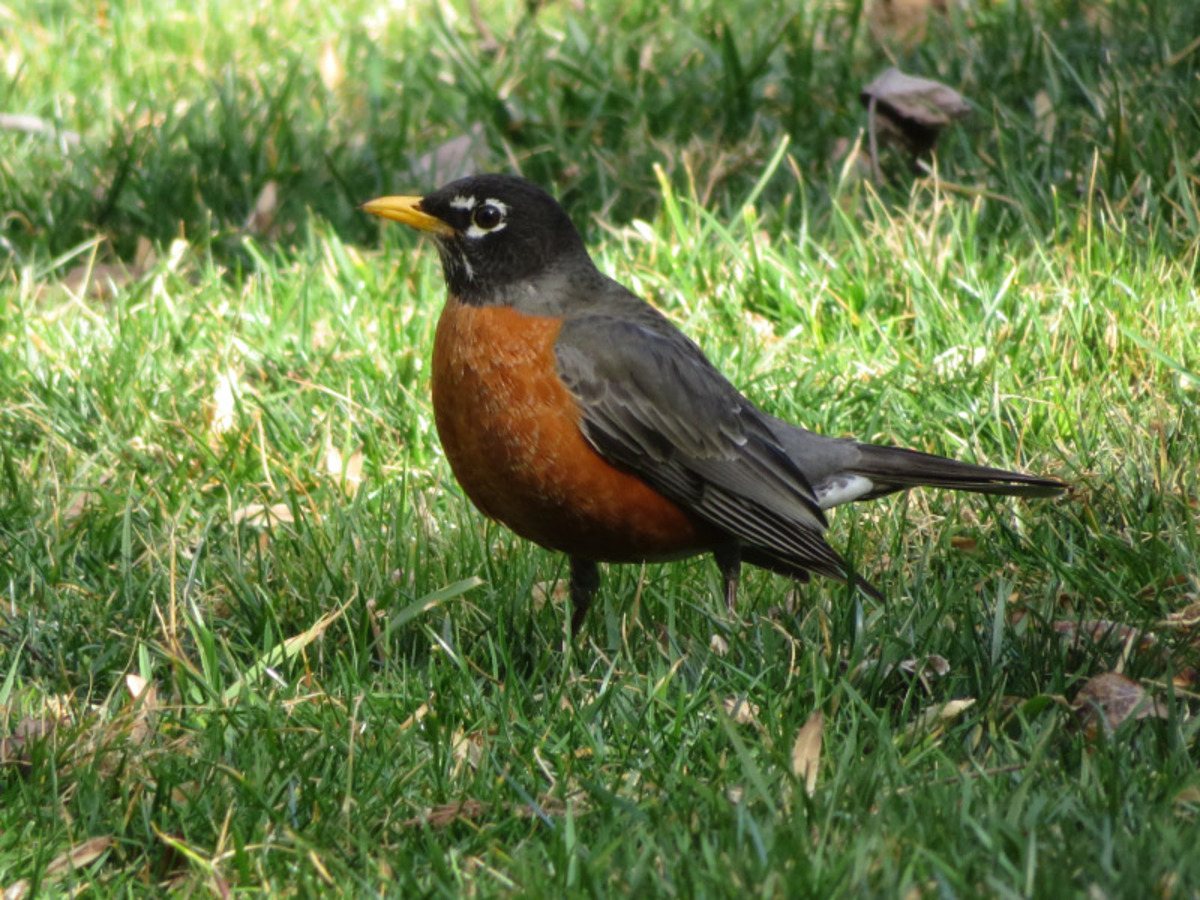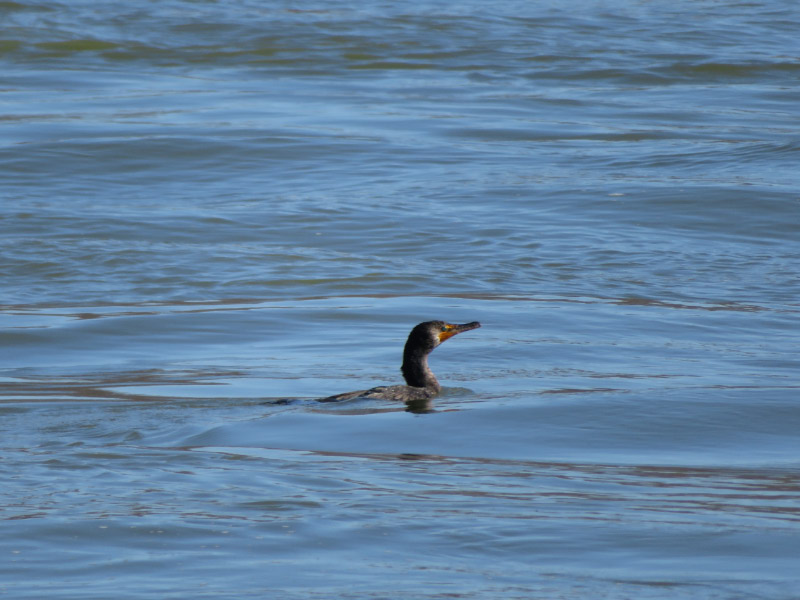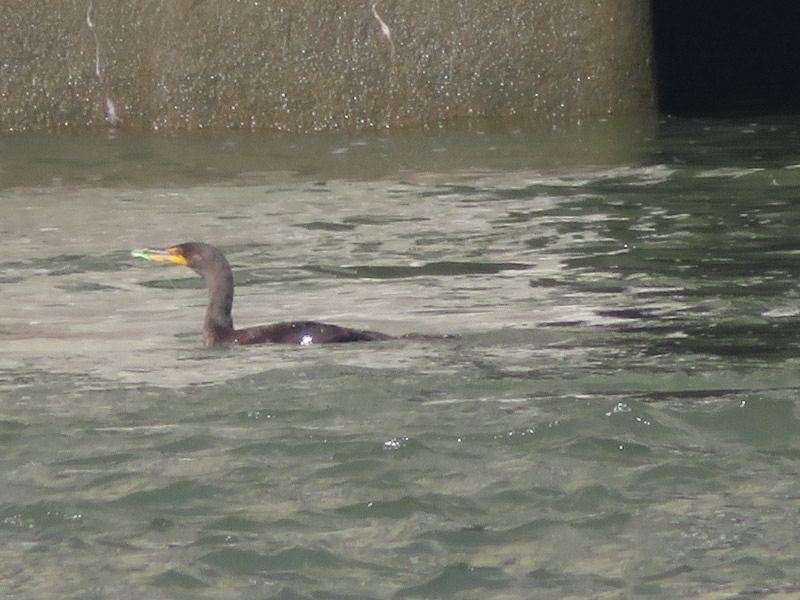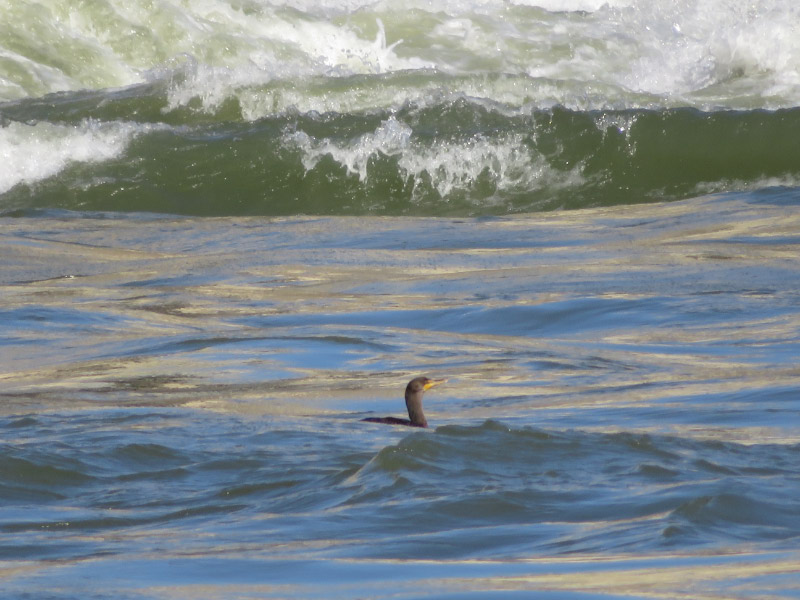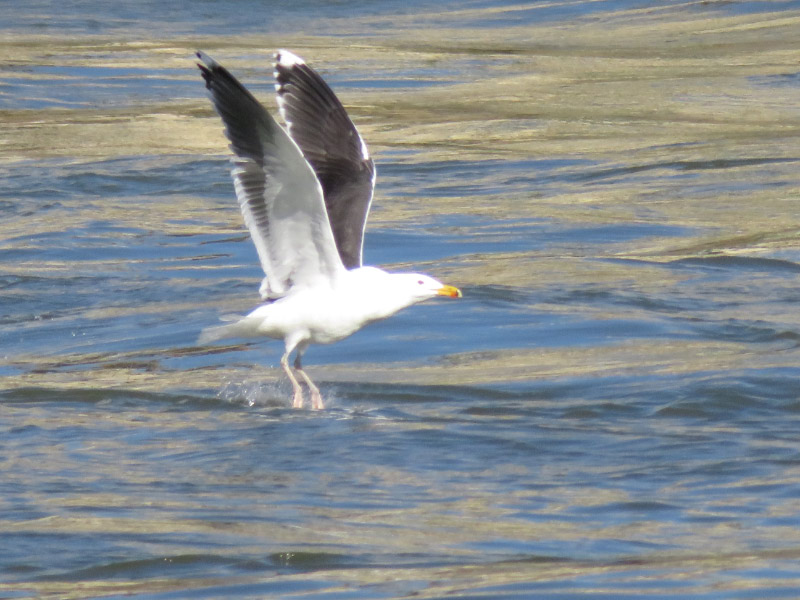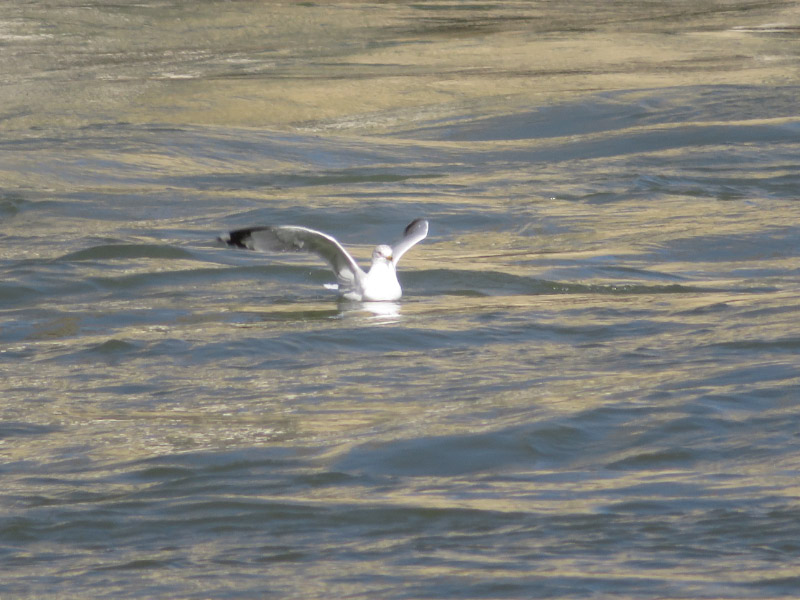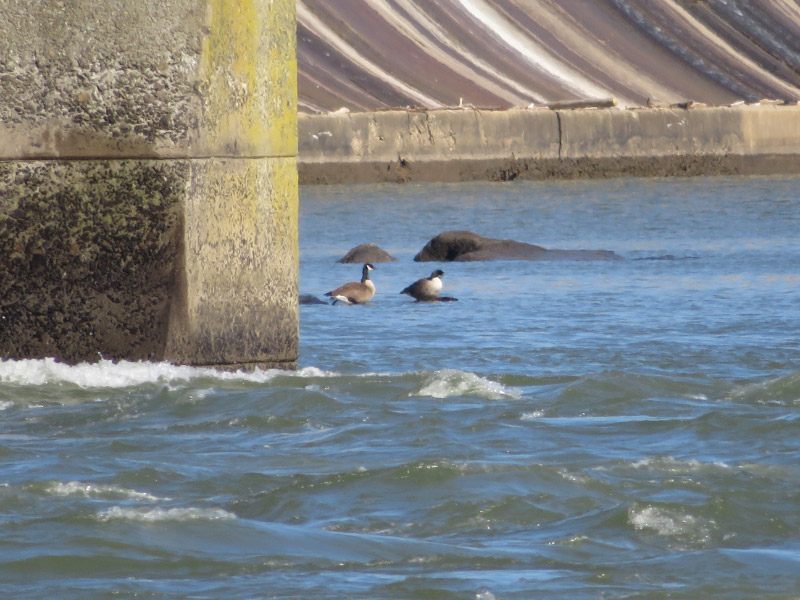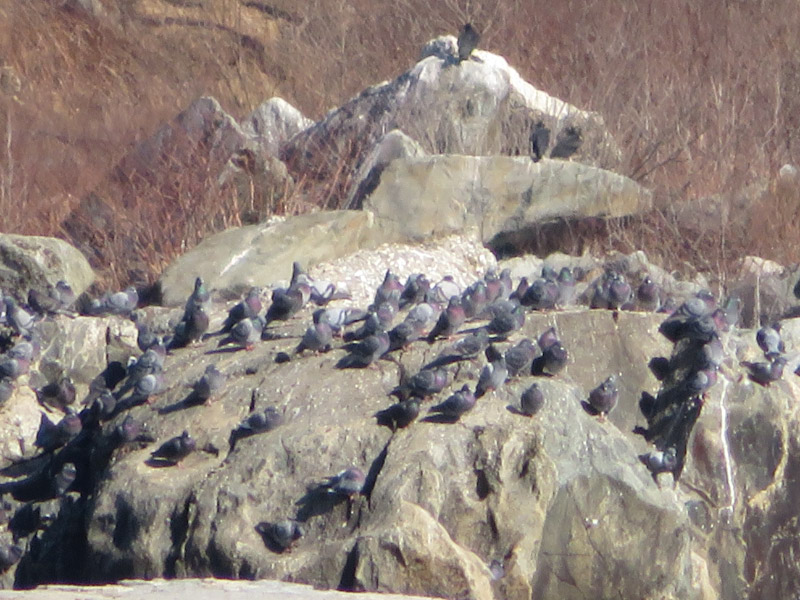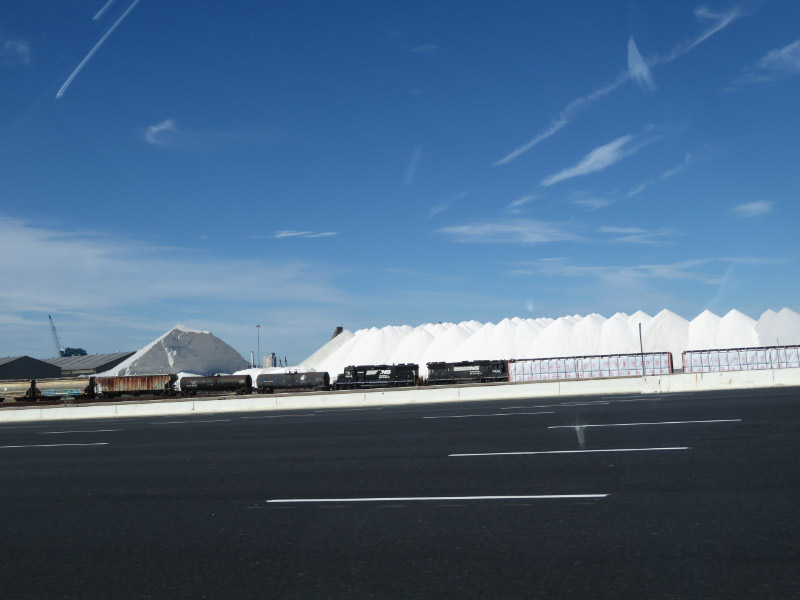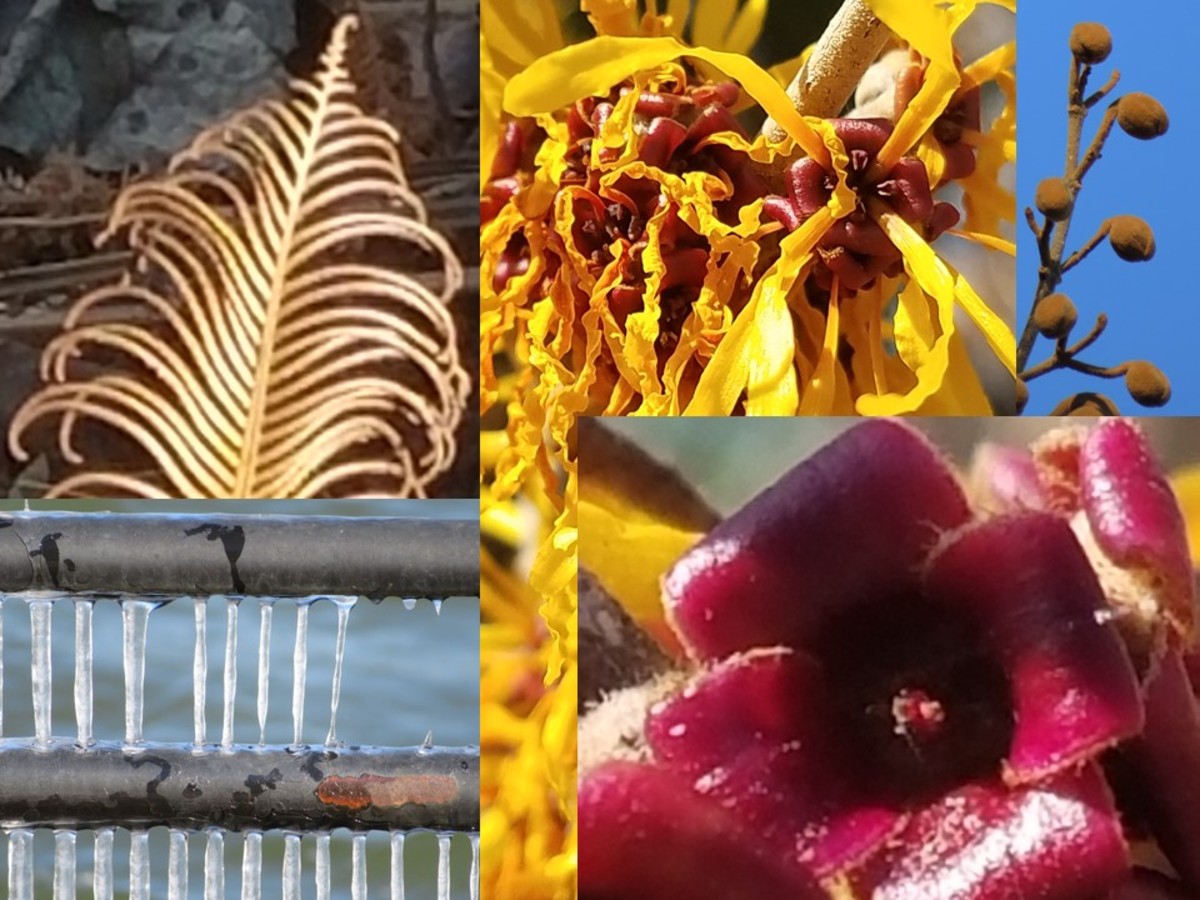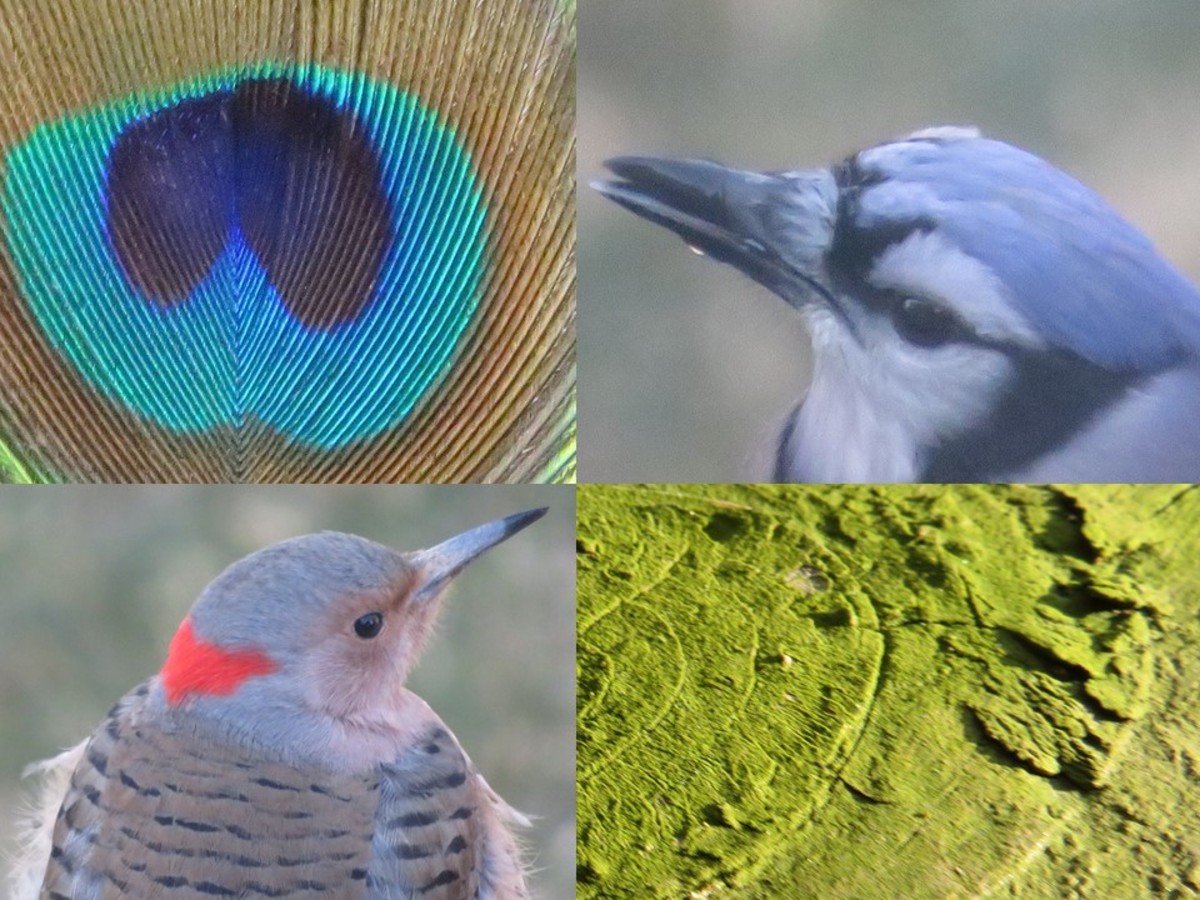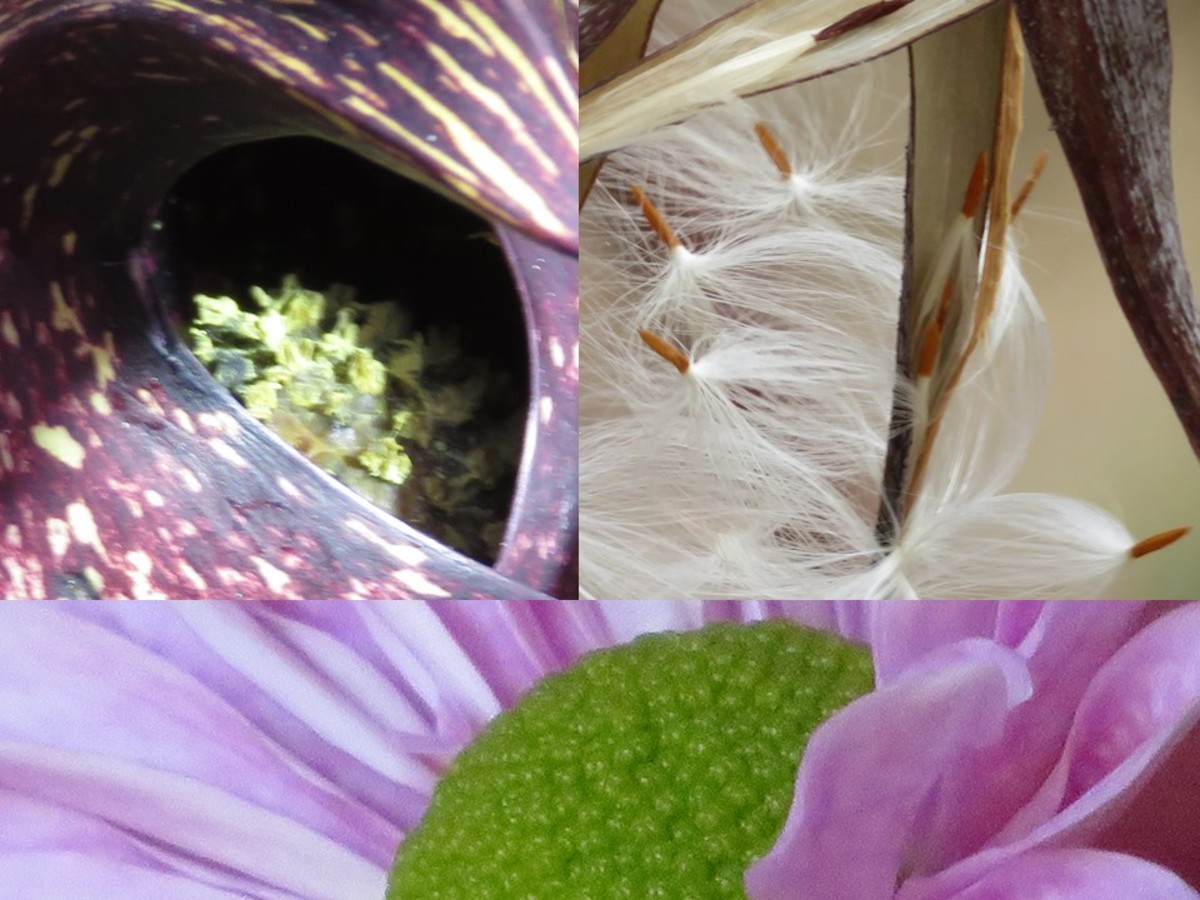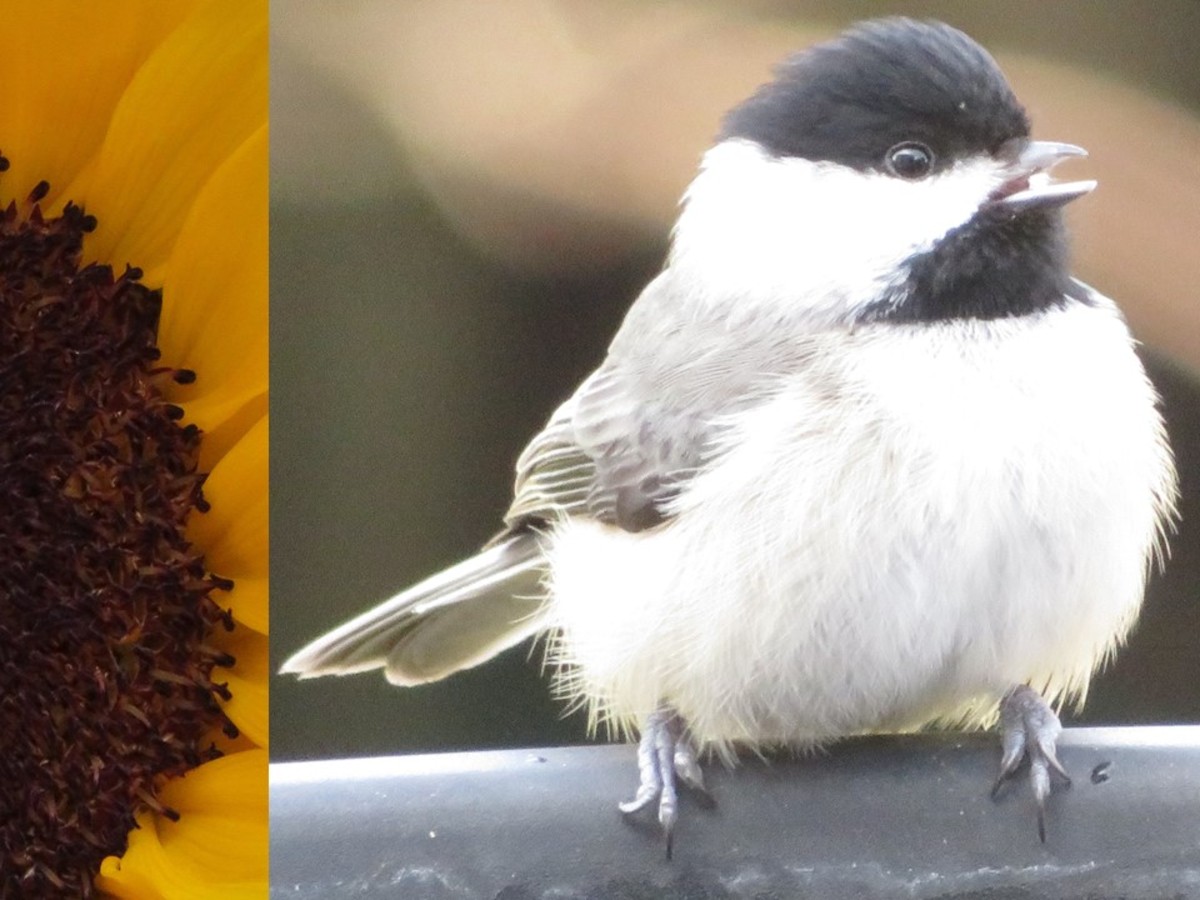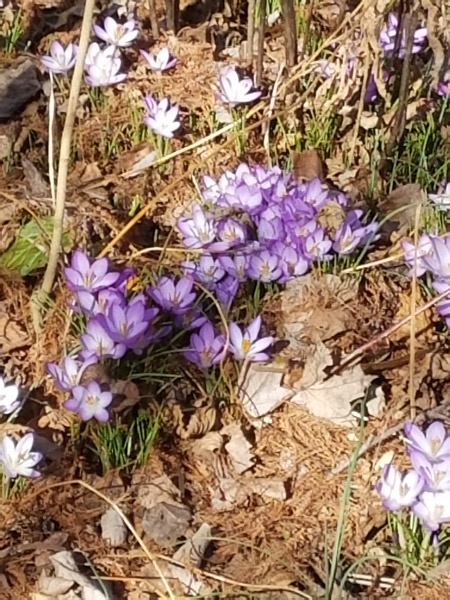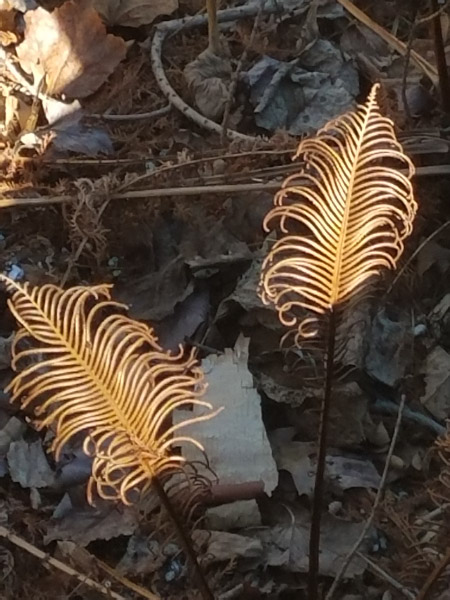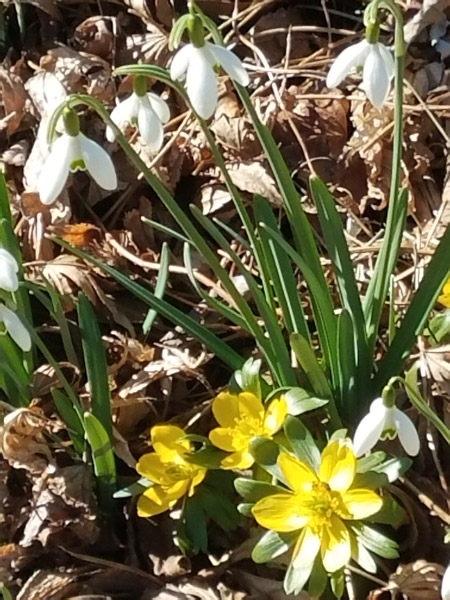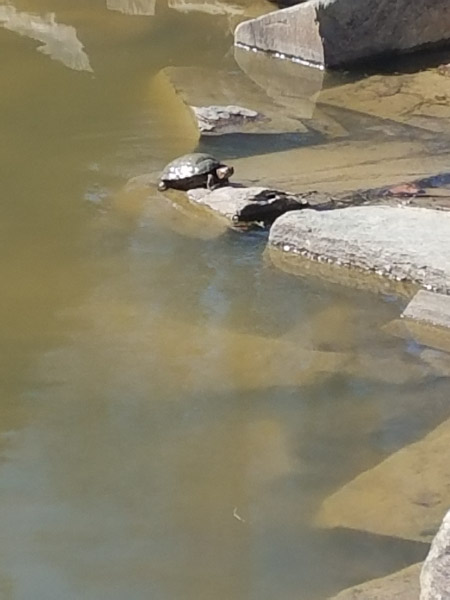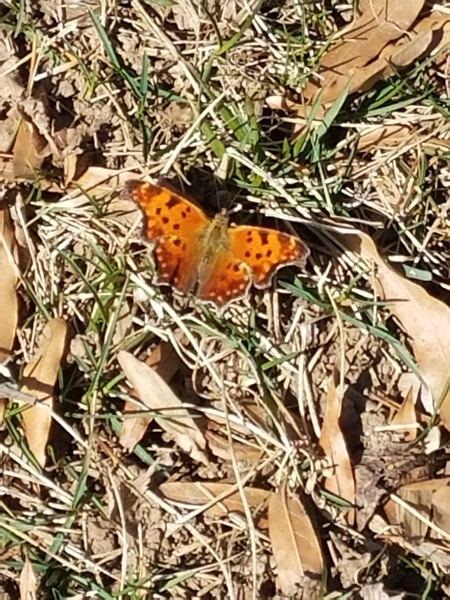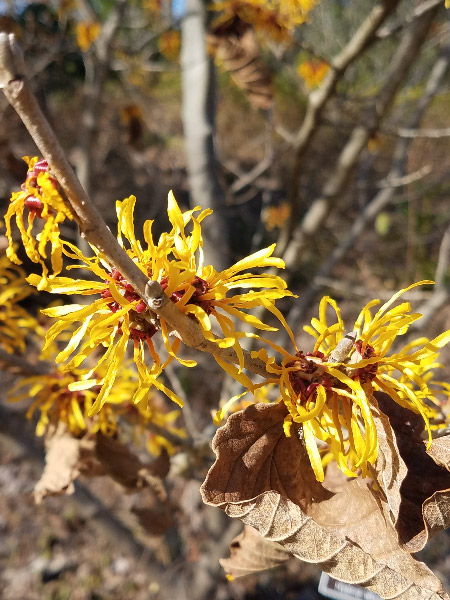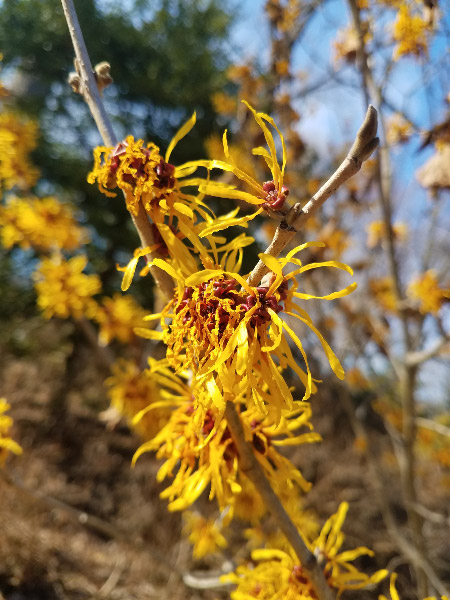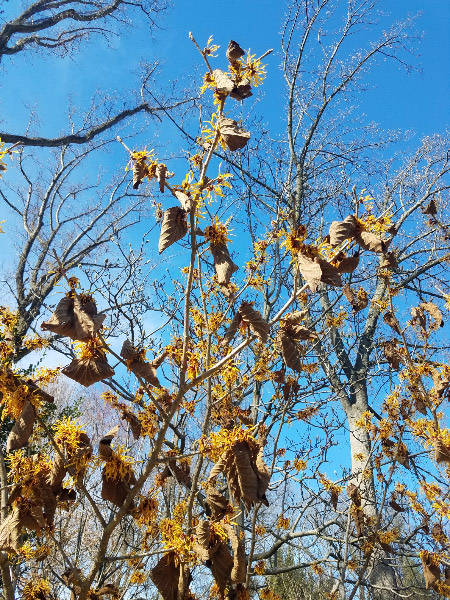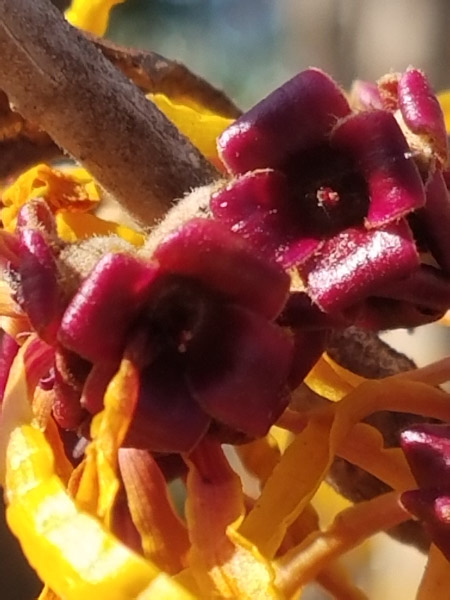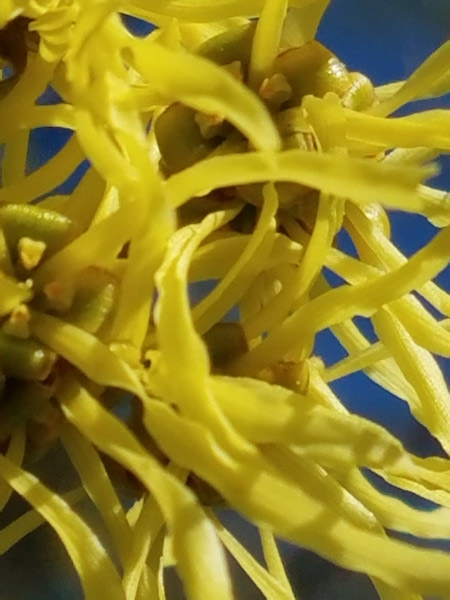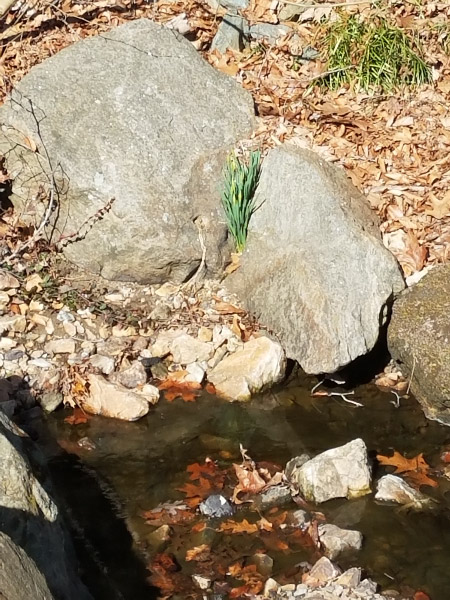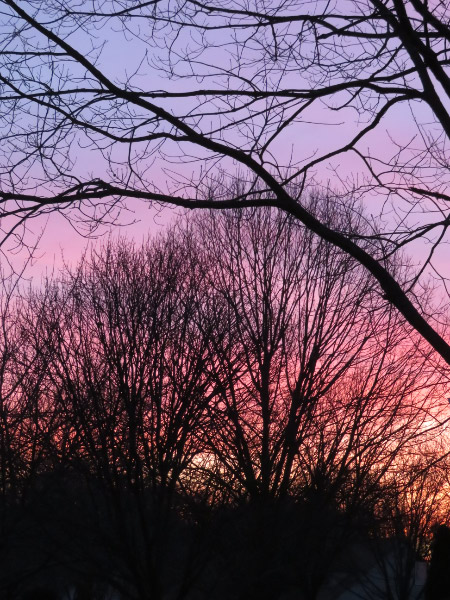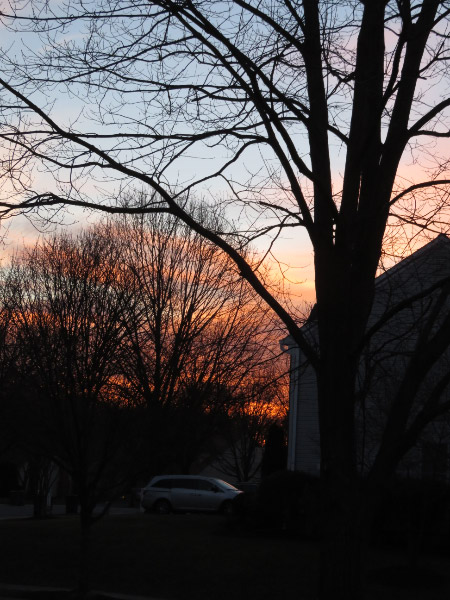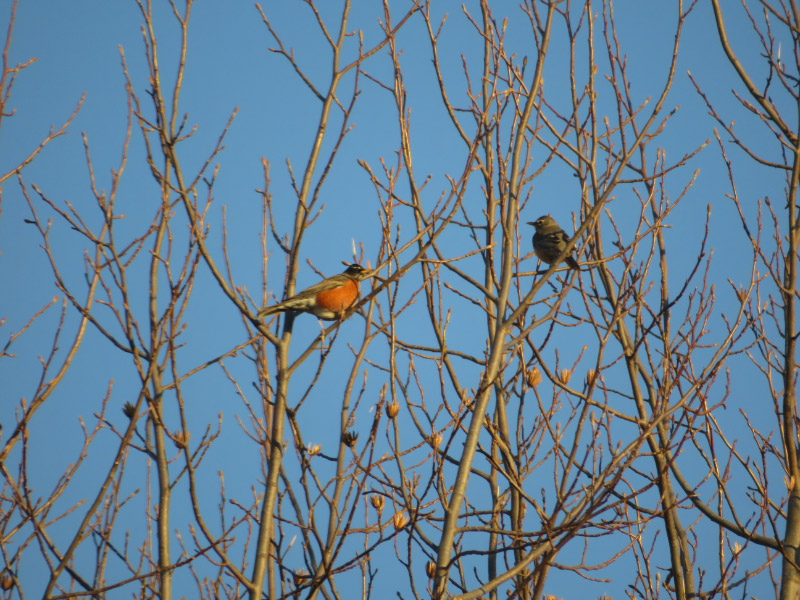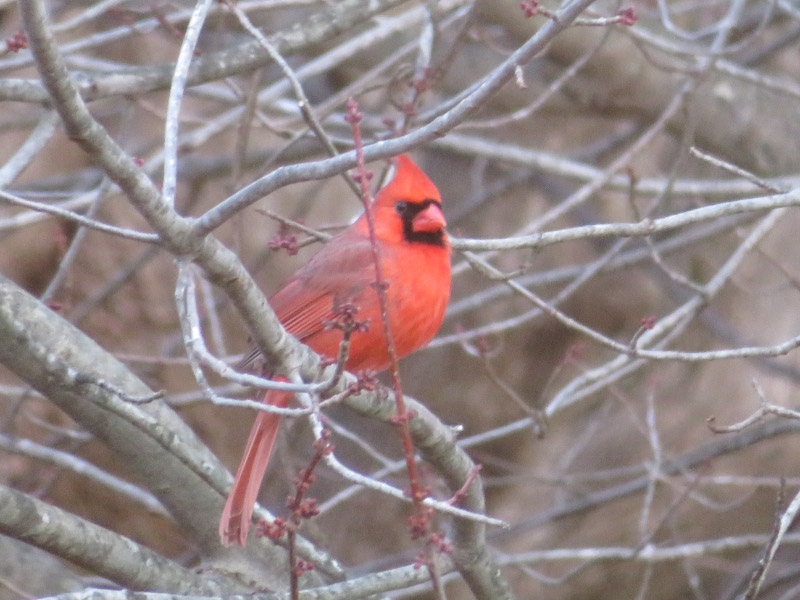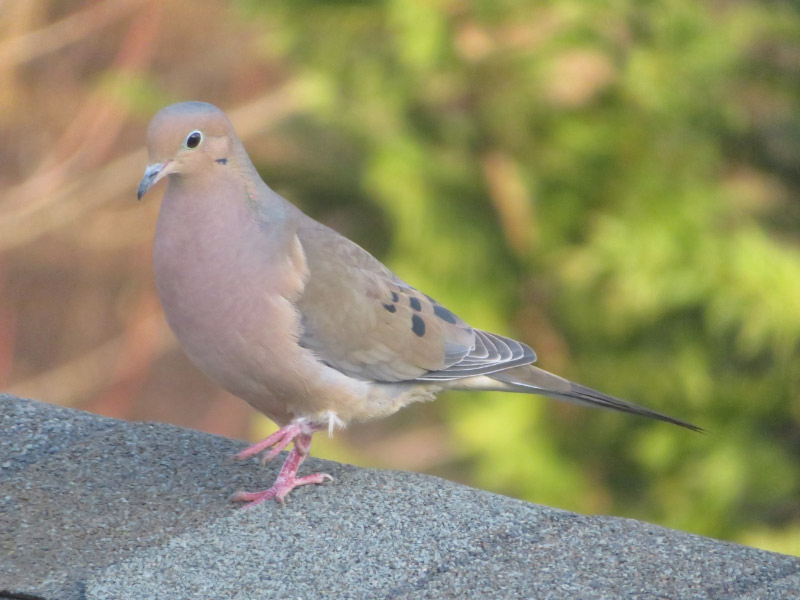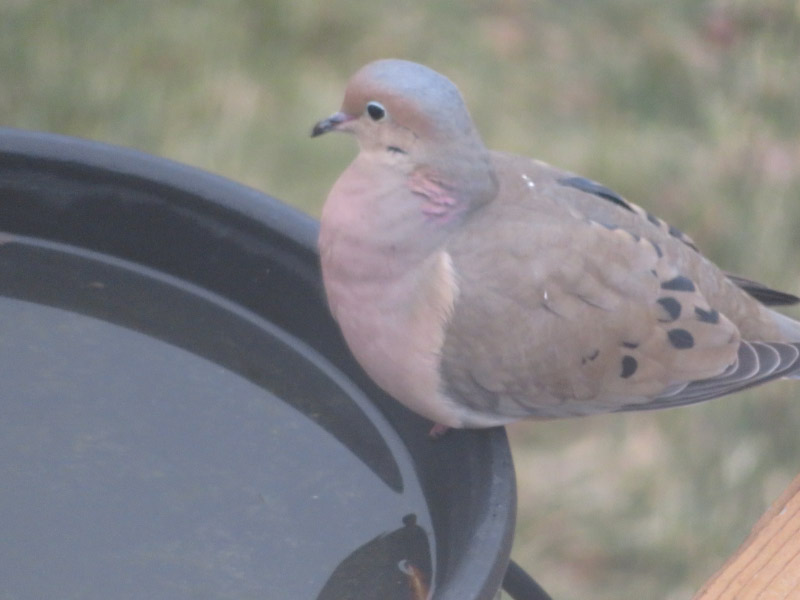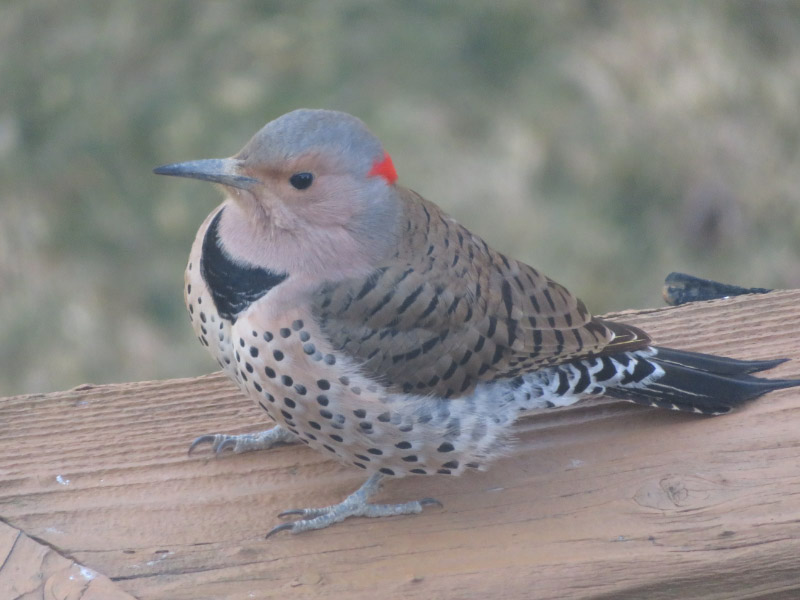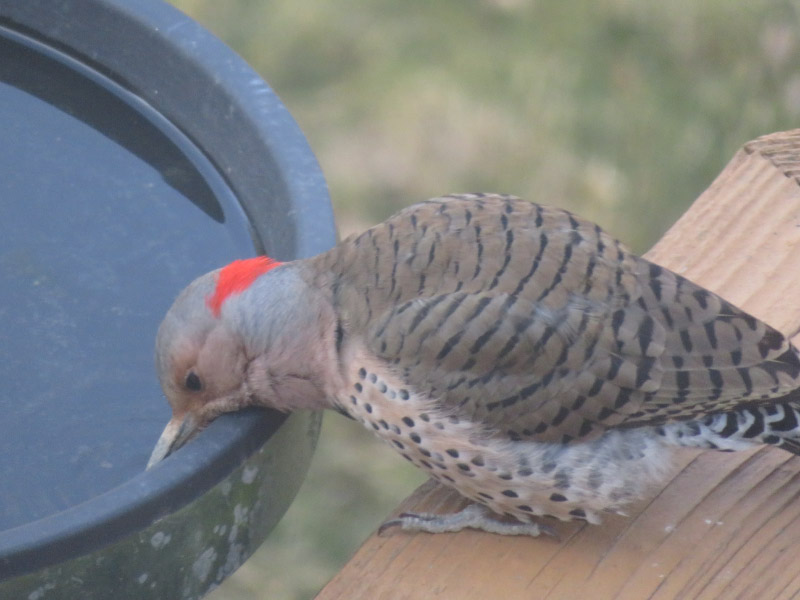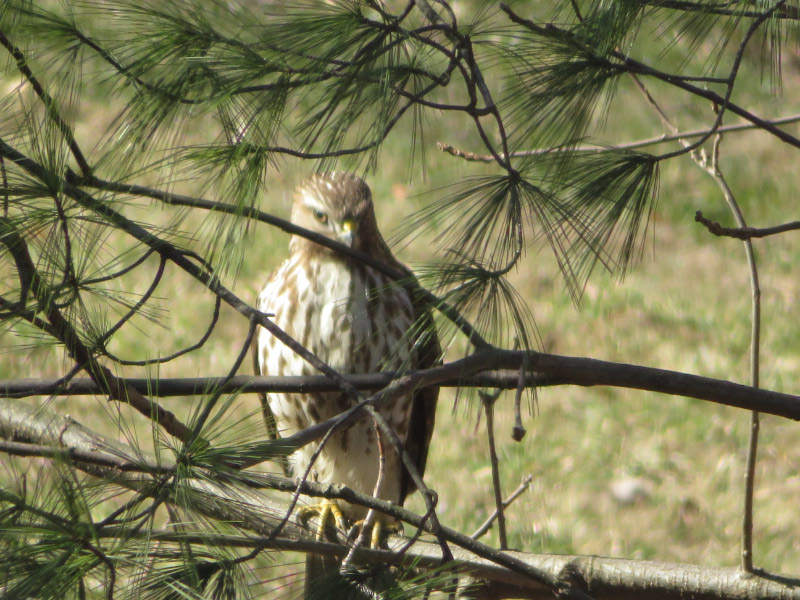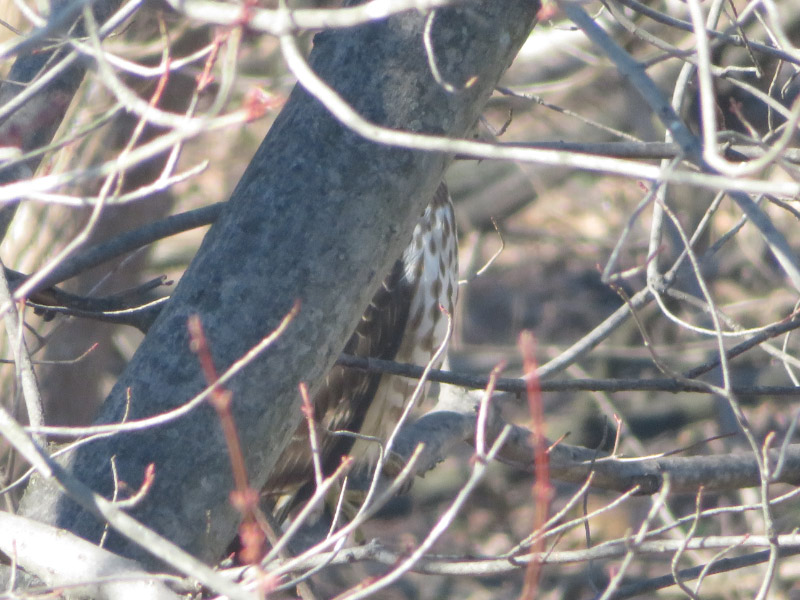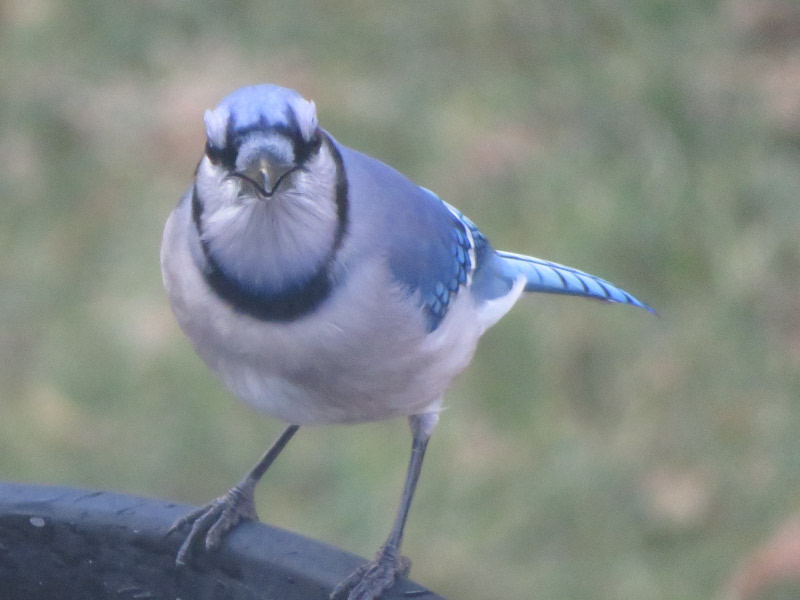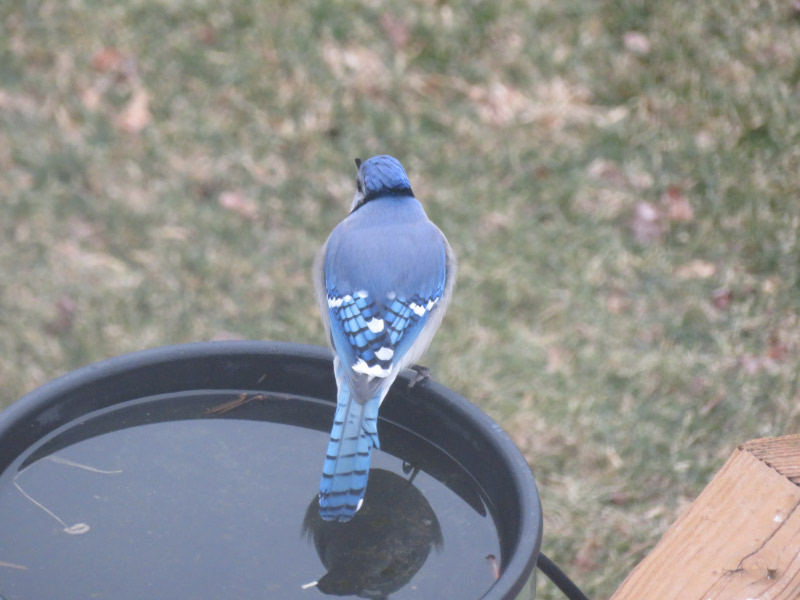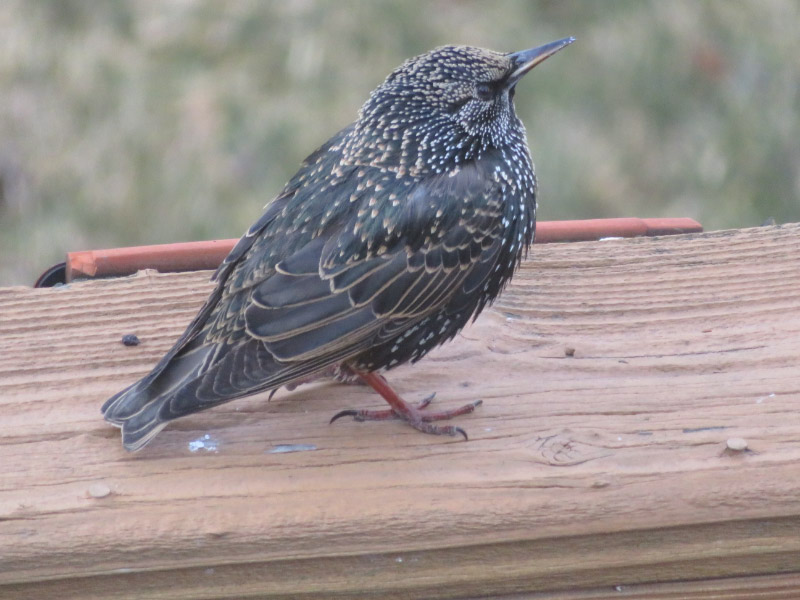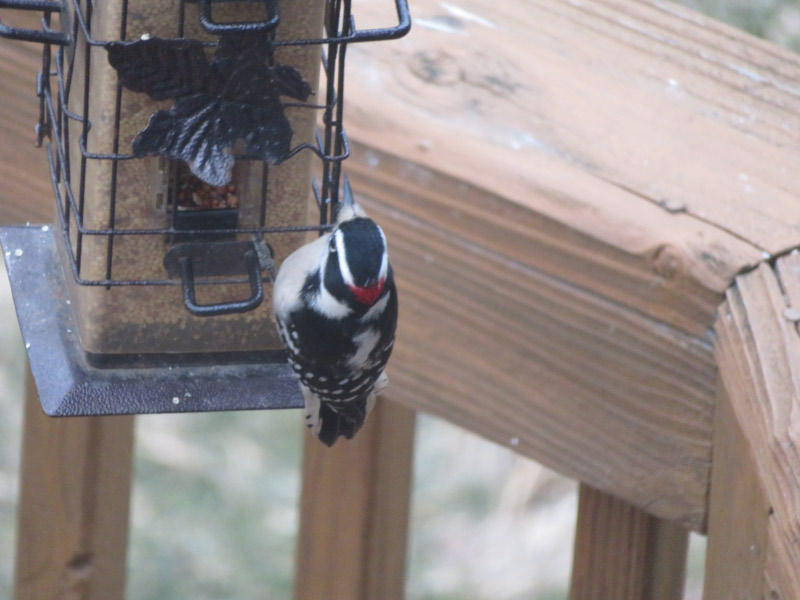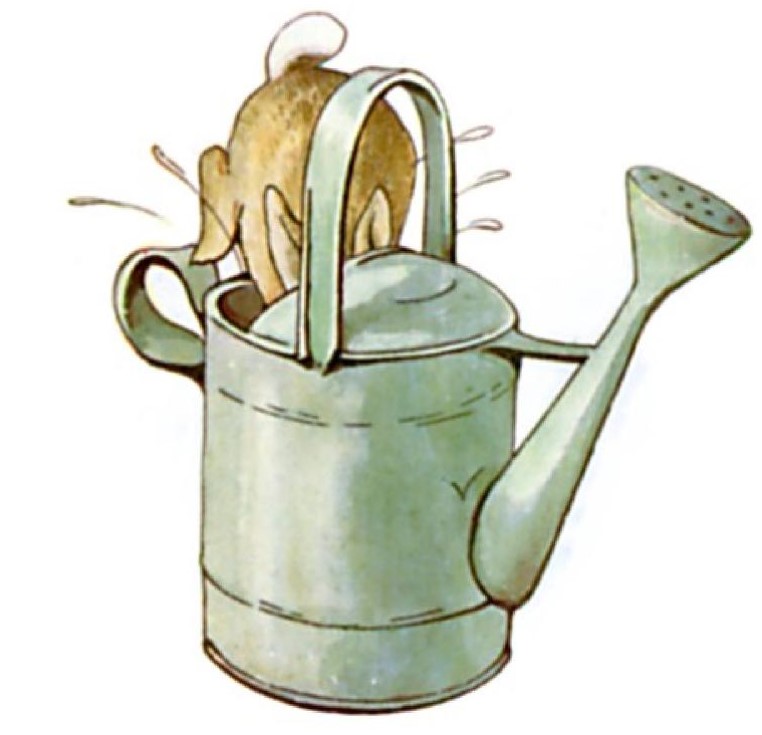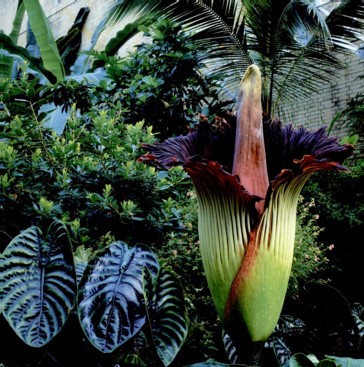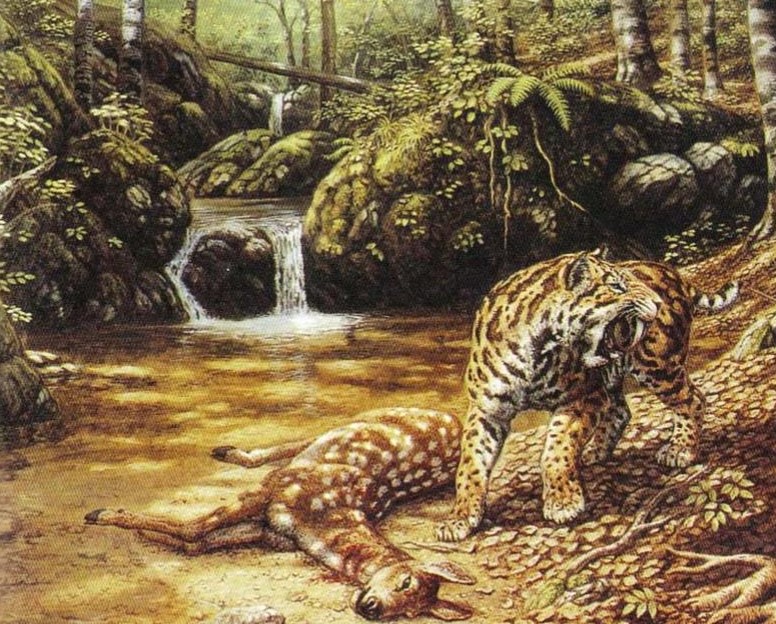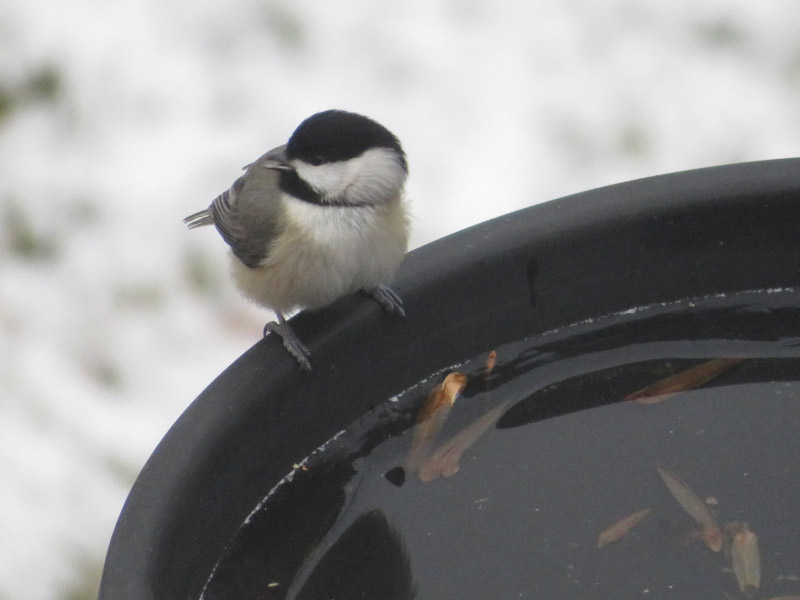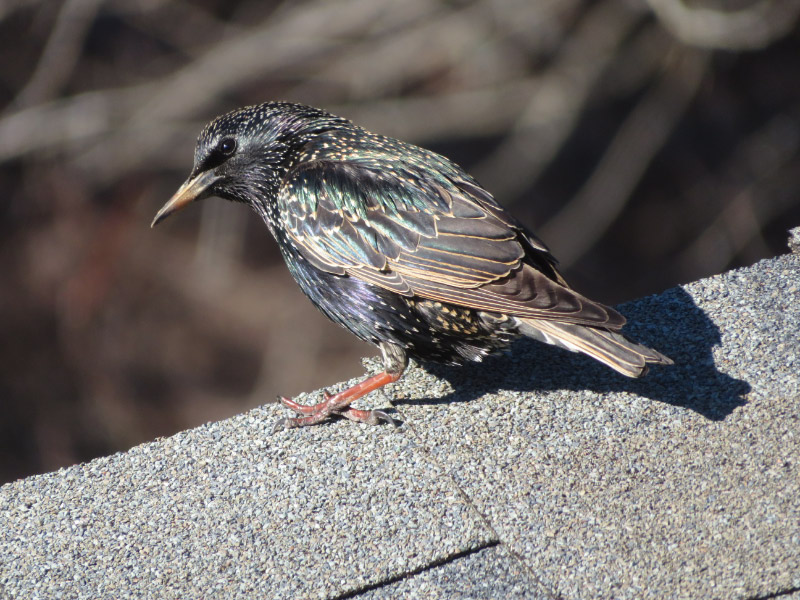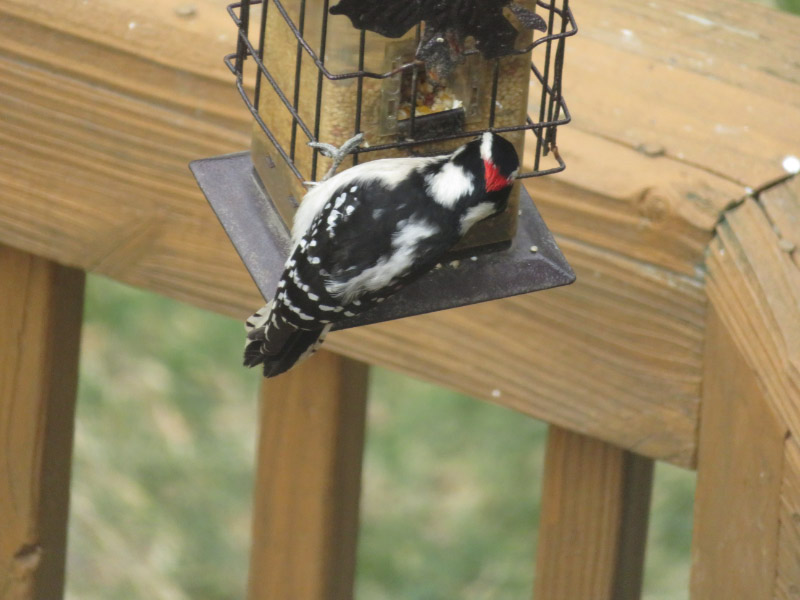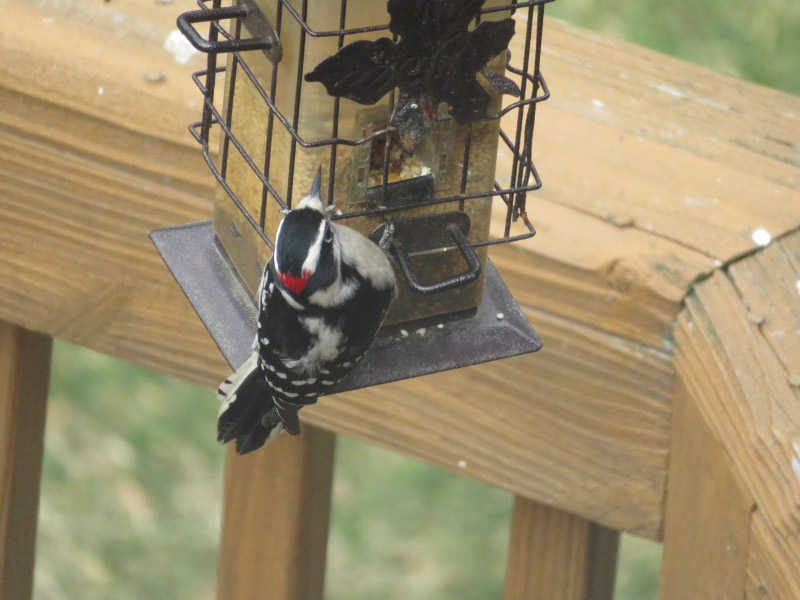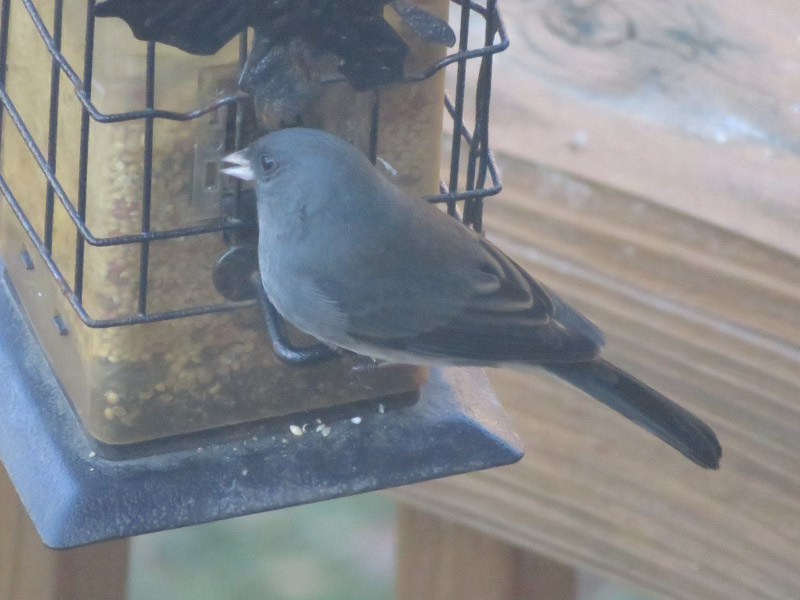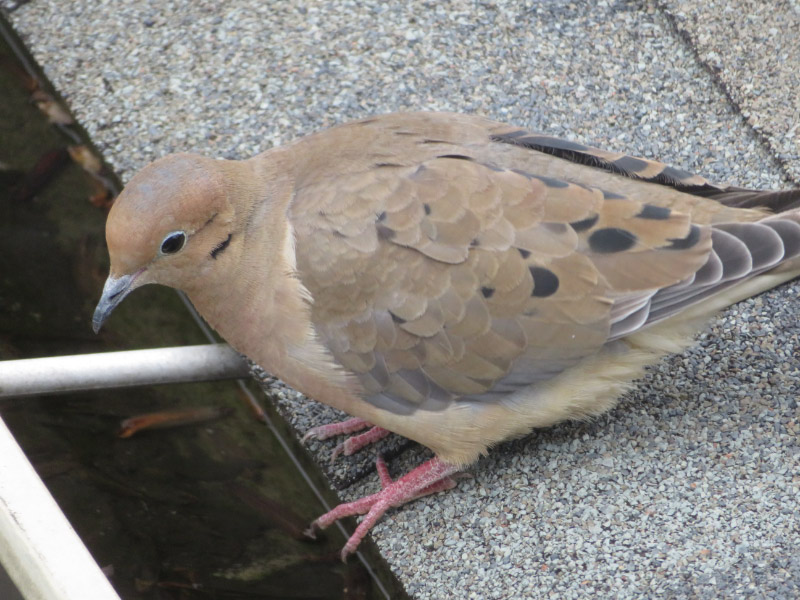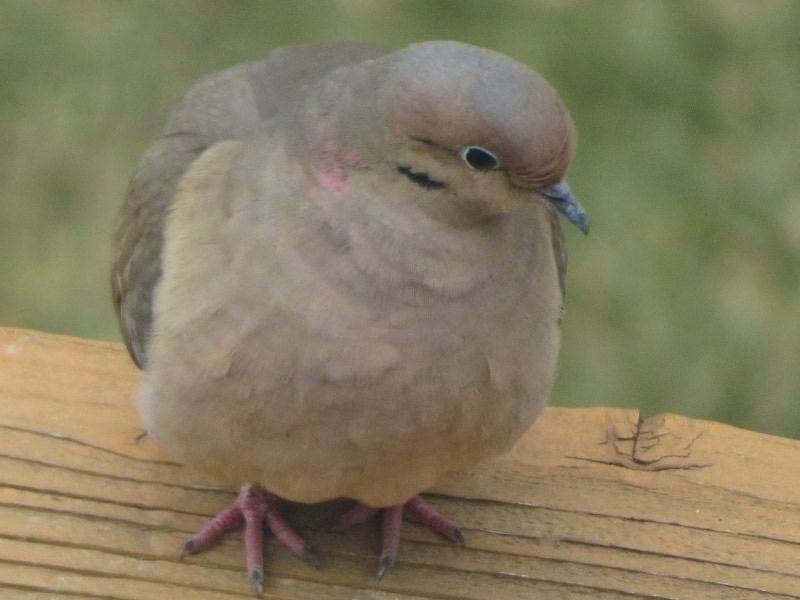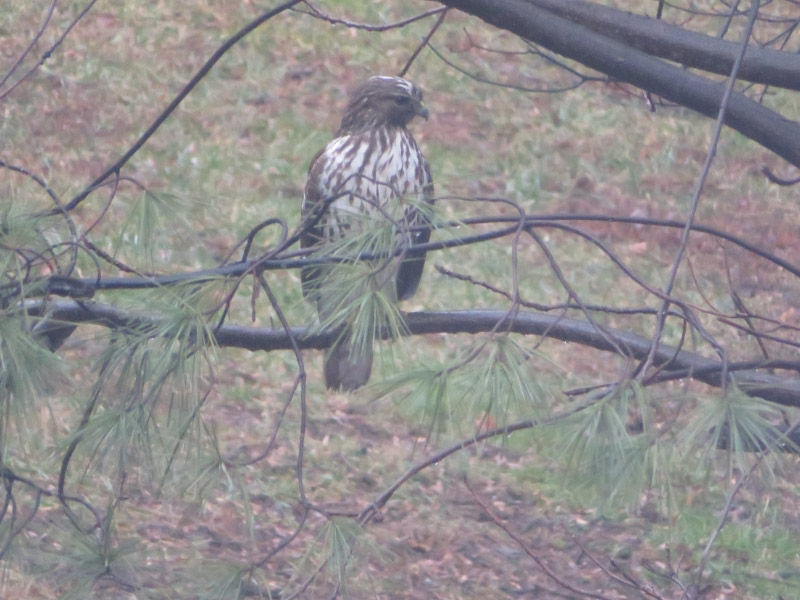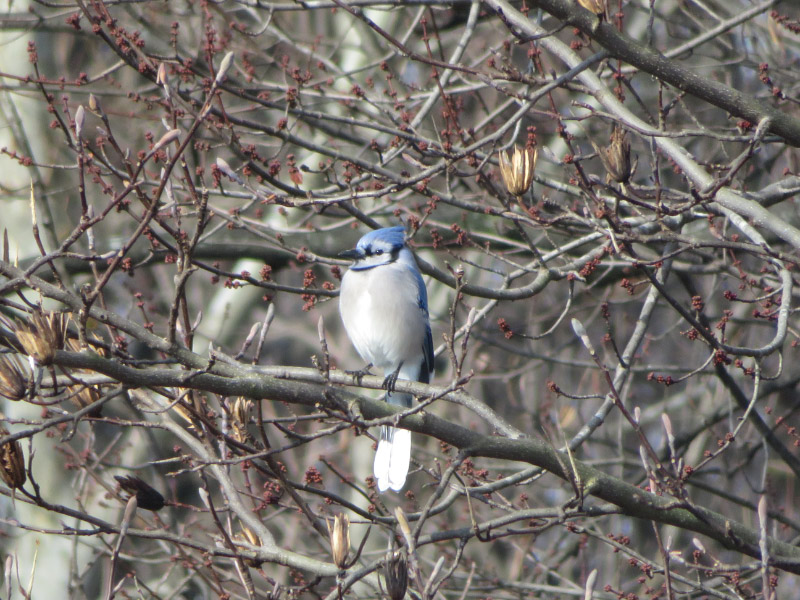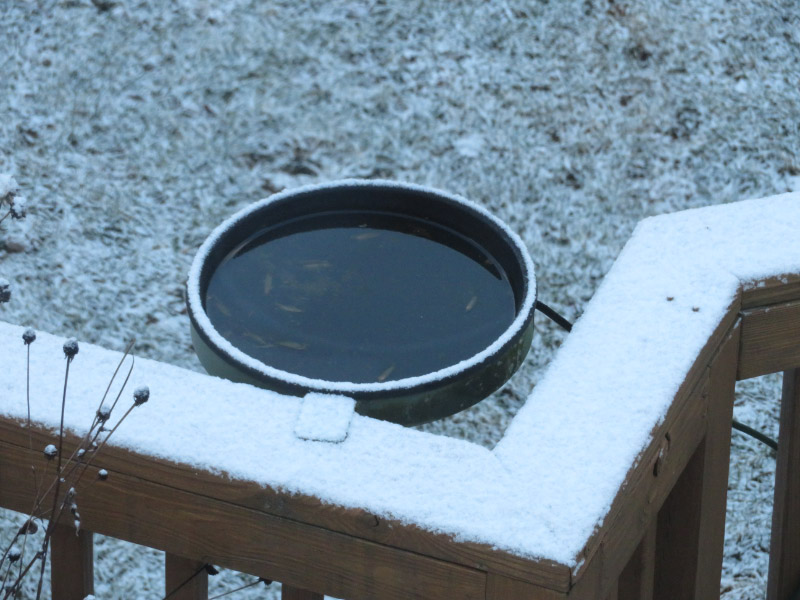The items below were ‘the cream’ of the articles and websites I found this past week. Click on the light green text to look at the article.
Face of 9,5000-year-old Man Revealed for First Time – A mummy from Jericho. The skull was covered in plaster…with eye sockets containing sea shells. Now just the skull inside, a probably face has been revealed via digital imagining, 3D printing and forensic reconstruction.
Site Diary: What we found inside the Morecambe Urn – A cremation urn…with fragments of bone…painstakingly sorted. At first they thought there was too much bone to be just one individual, but the analysis of the fragments they were all from the same person: young adult, relatively healthy.
Magical Photos of the World’s Oldest Lake Frozen Over – Eye candy….but educational too.
New Publication Reveals Birthplaces of Eastern Monarchs – The whole region east of the Rockies contributes to the Monarchs that make their way to Mexico. I’m glad that so many people are planting milkweed appropriate for their area of the country!
How solar may save Ukraine’s nuclear wasteland – What to do with the area around Chernobyl. There is a project to start installing solar panels. The electric power lines are already there so getting the electricity generated to the power grid.
Eye-opening Photos Capture the Terrifying Beauty of Melting Polar Ice Caps – It’s winter even though we haven’t had any substantial snows in Maryland yet…I’m enjoying photos of ice instead for their beauty but realize that this is an indicator of a warming planet. Some of these lakes are formed from very old ice.
TED Dialogues: An urgent response to a dangerously divisive time – I’ve signed up to be notified of the events. The first one will be on 2/15 at 1PM EST. The speaker for the first one will be Yuval Noah Harari. I enjoyed his class on Coursera – A Brief History of Humankind.
Seven heart-health habits could save billions in Medicare Costs – $14 billion per year in Medicare costs could be saved if all beneficiaries achieved ideal levels in 5-7 heart-healthy habits (the 7 are: cigarette smoking, physical activity, diet, body mass index, blood pressure, cholesterol and glucose levels). Of course – it all starts before you get to Medicare age. How many of the 7 habits are you achieving?
What Peter Pan Teaches us about Memory and Consciousness – Barrie was an astute observer of how we learn to think.
Peacock colors inspire ‘greener’ way to dye clothes – 3-D colloidal crystals (polystyrene nanoparticles and polyacrylate for mechanical stability. It does not produce contaminants…but are the particles themselves problematic? The article didn’t say but microbeads and plastics have been in the news as problems in the oceans – already.
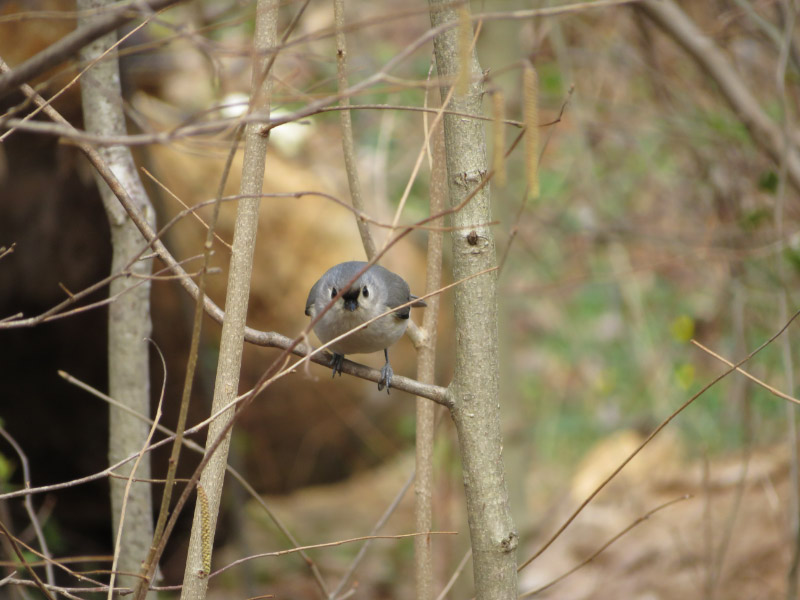
 The growth that I had noticed between two rocks by the stream last month is now blooming – narcissus.
The growth that I had noticed between two rocks by the stream last month is now blooming – narcissus.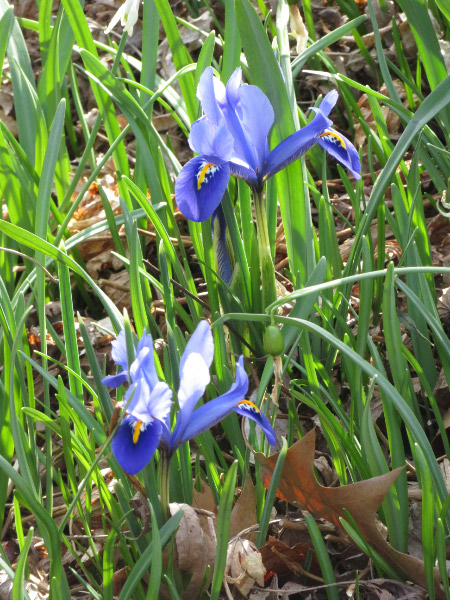
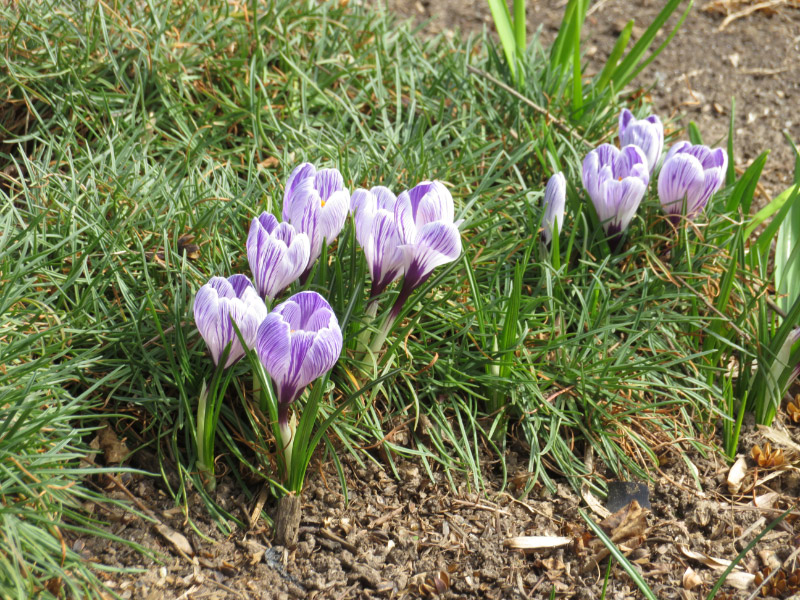
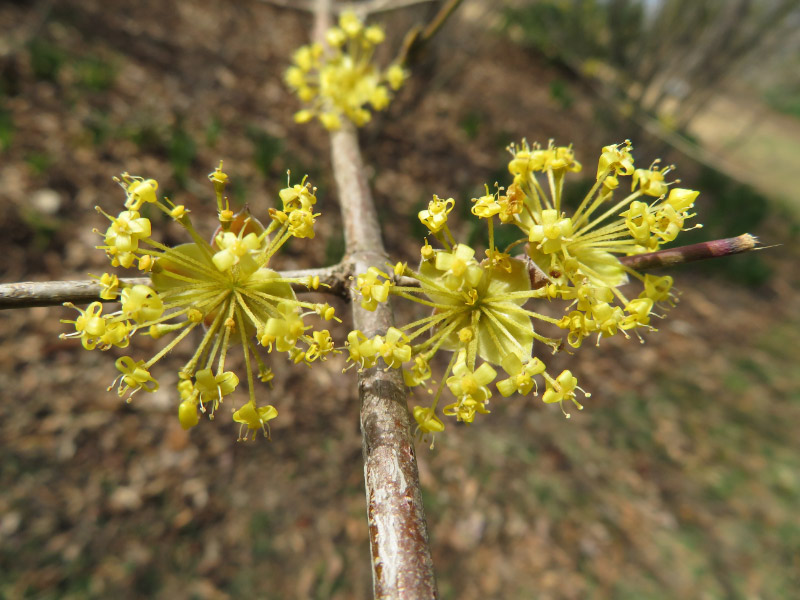
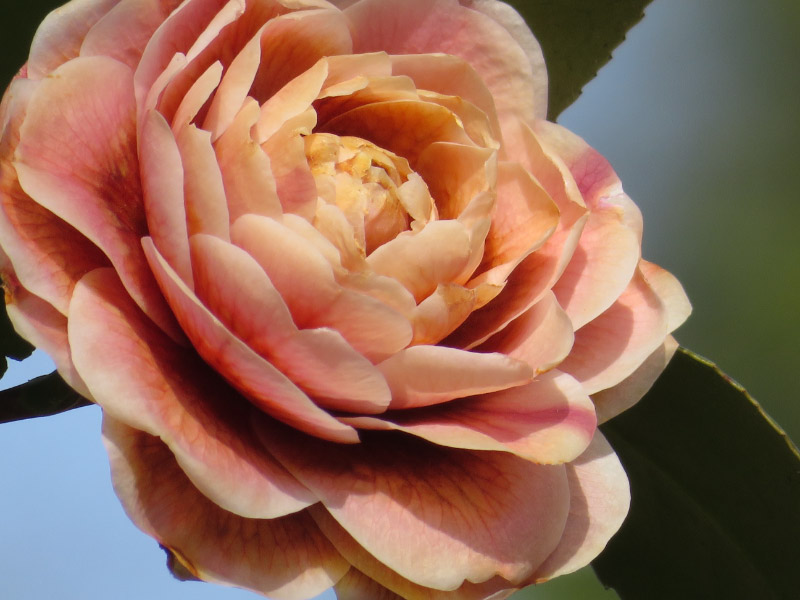
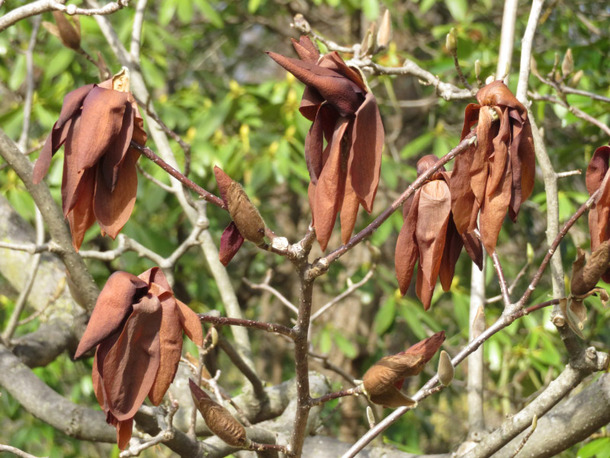

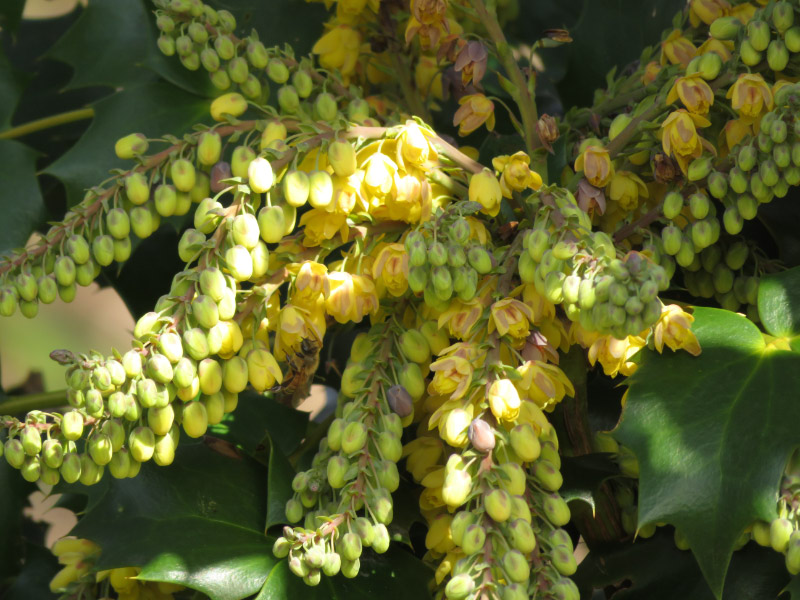 nd about. Do you see the insect in this picture? (Hint: a little left and down from center.)
nd about. Do you see the insect in this picture? (Hint: a little left and down from center.)


